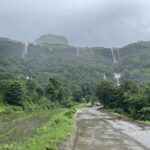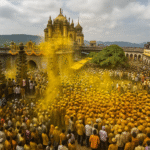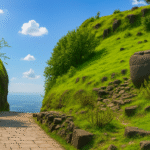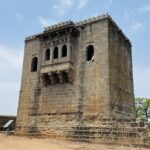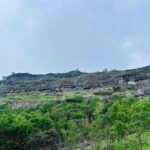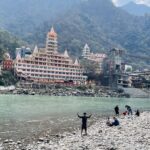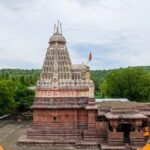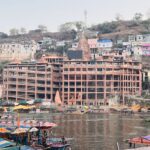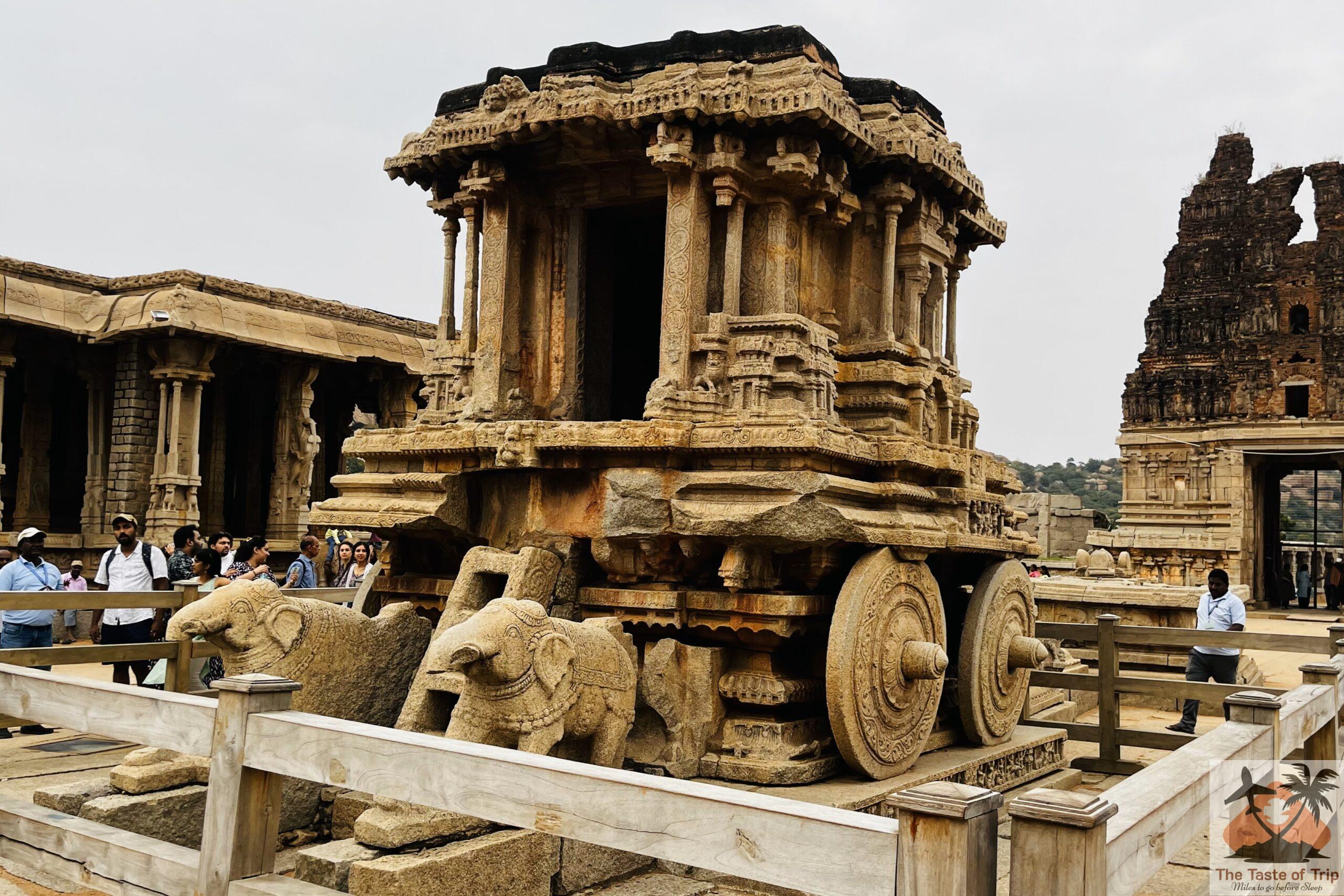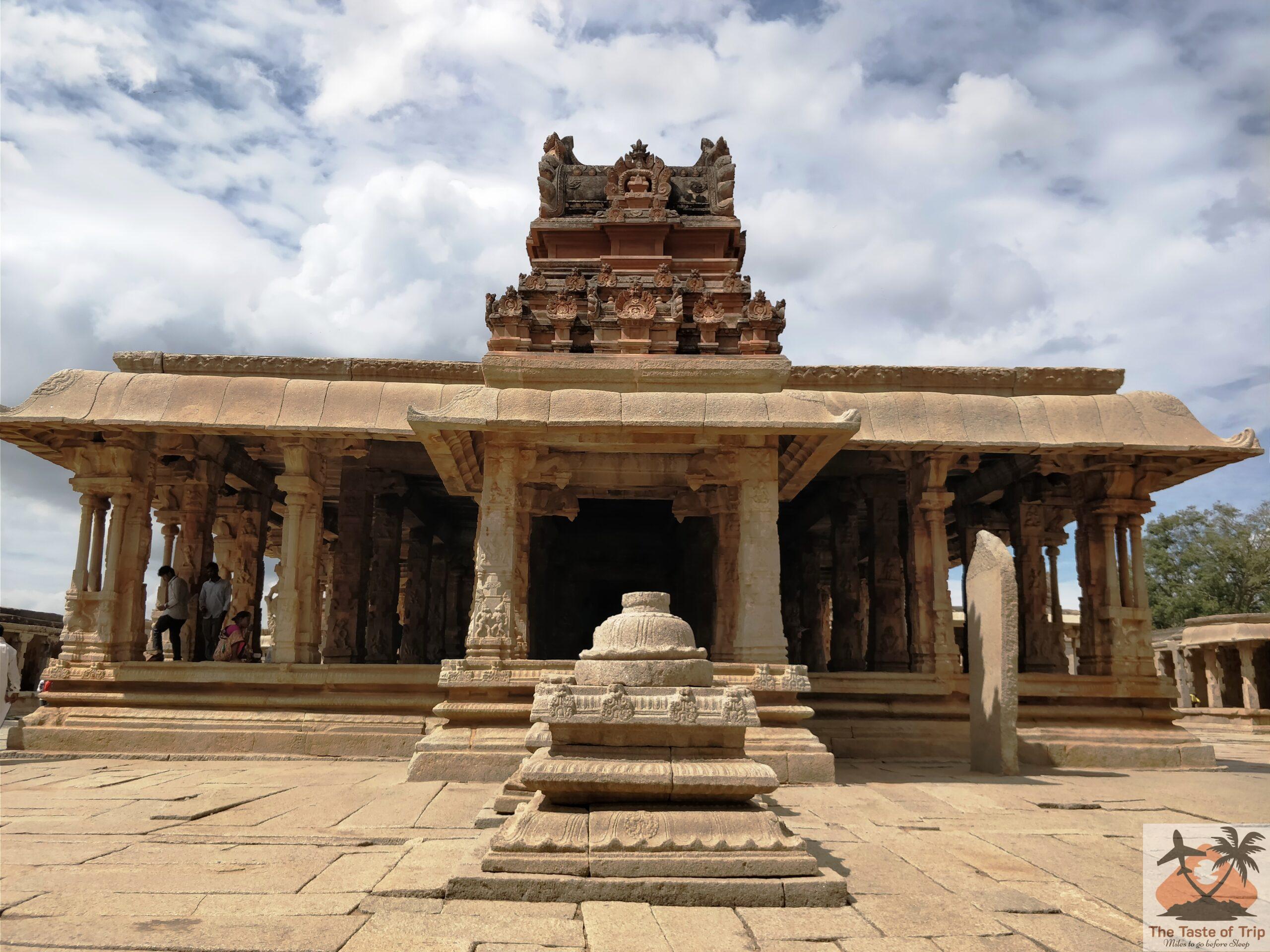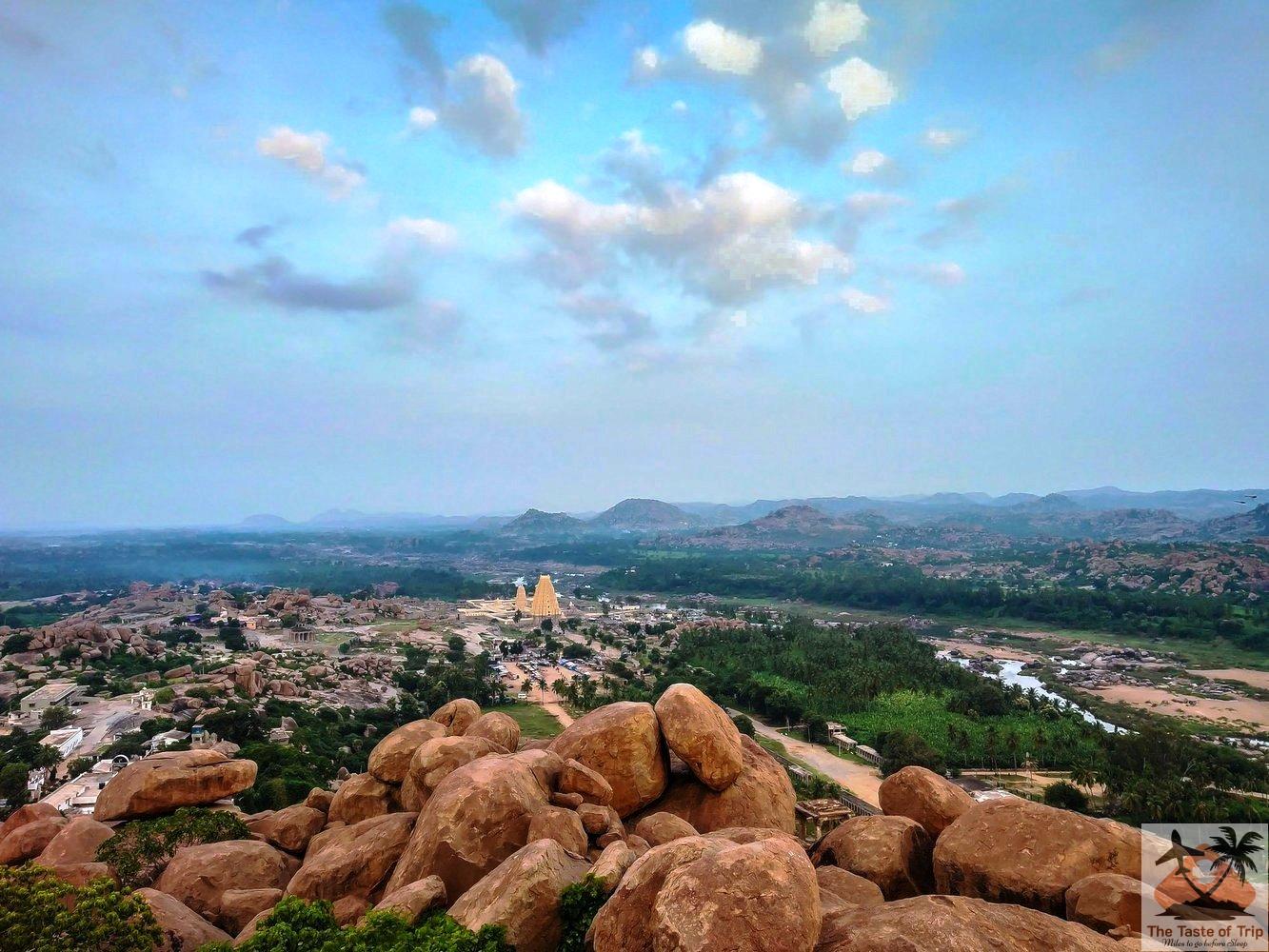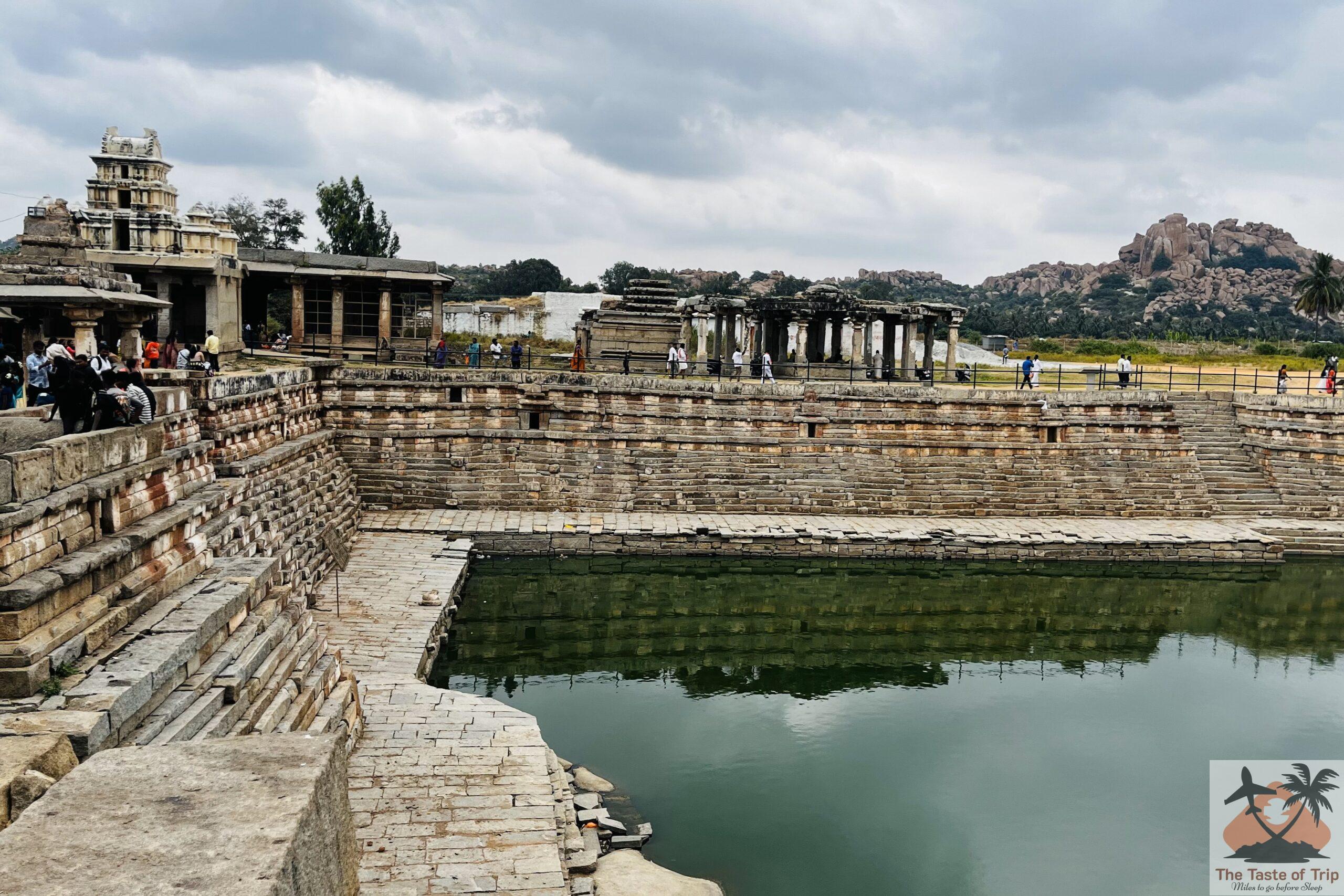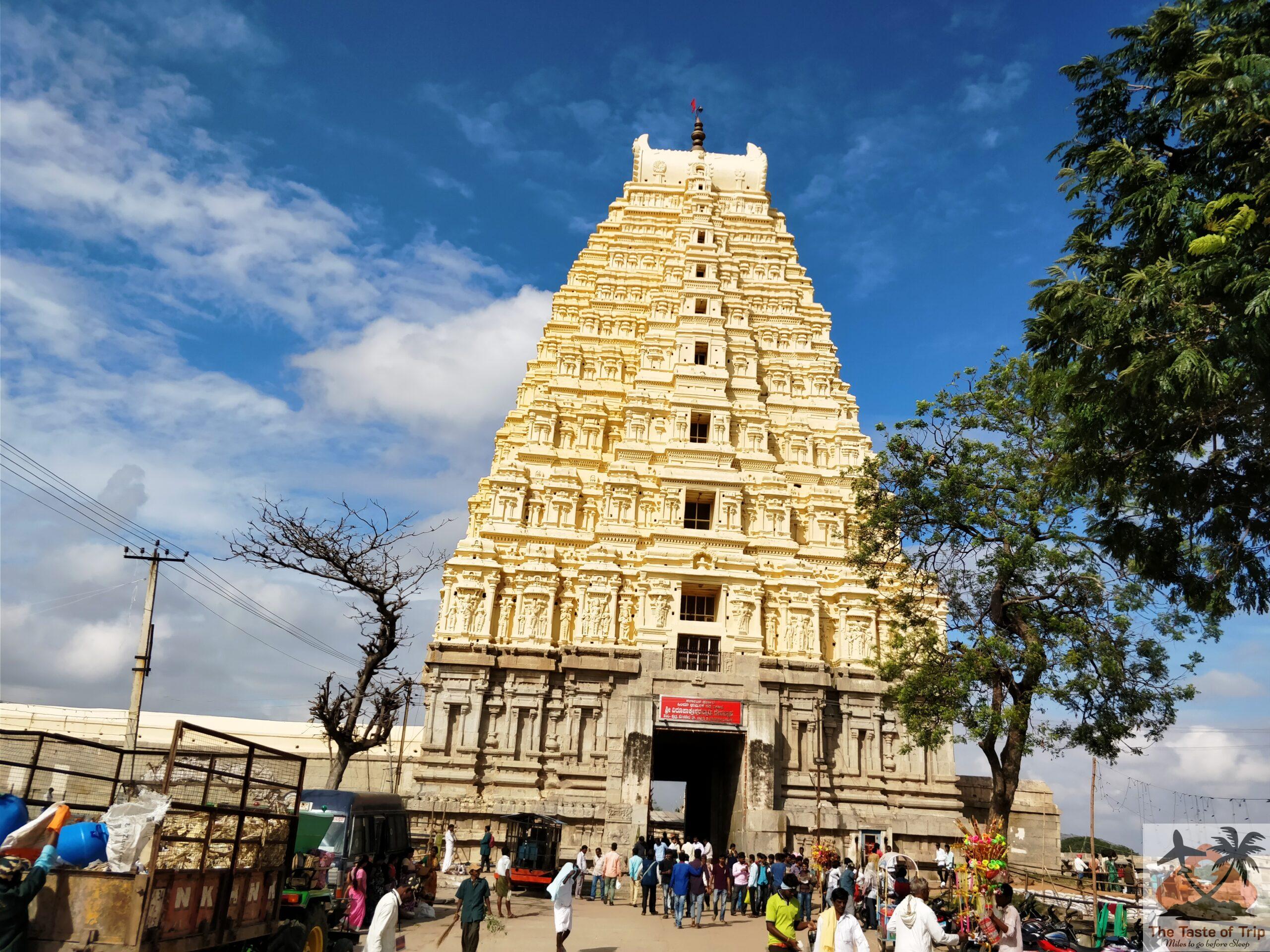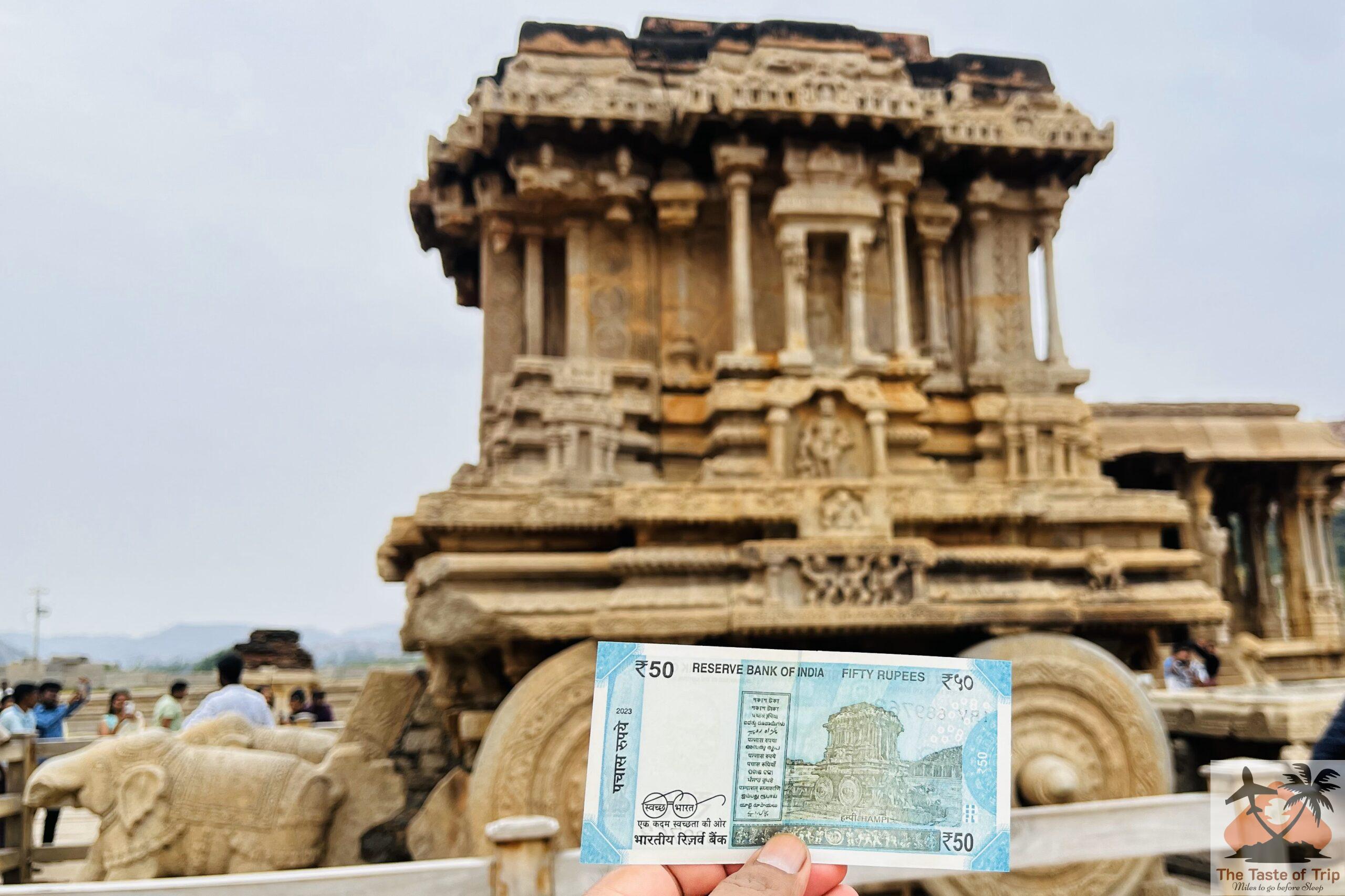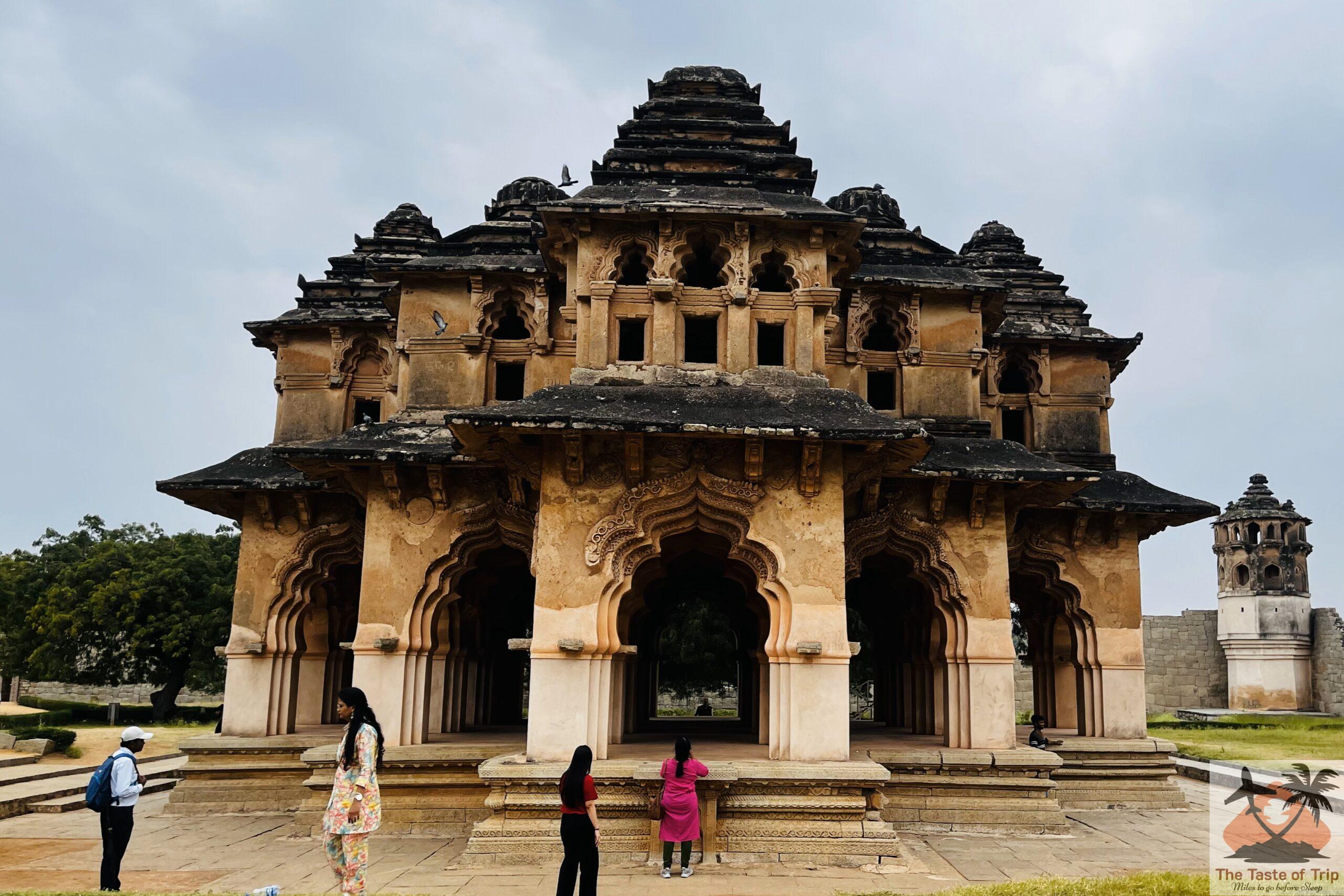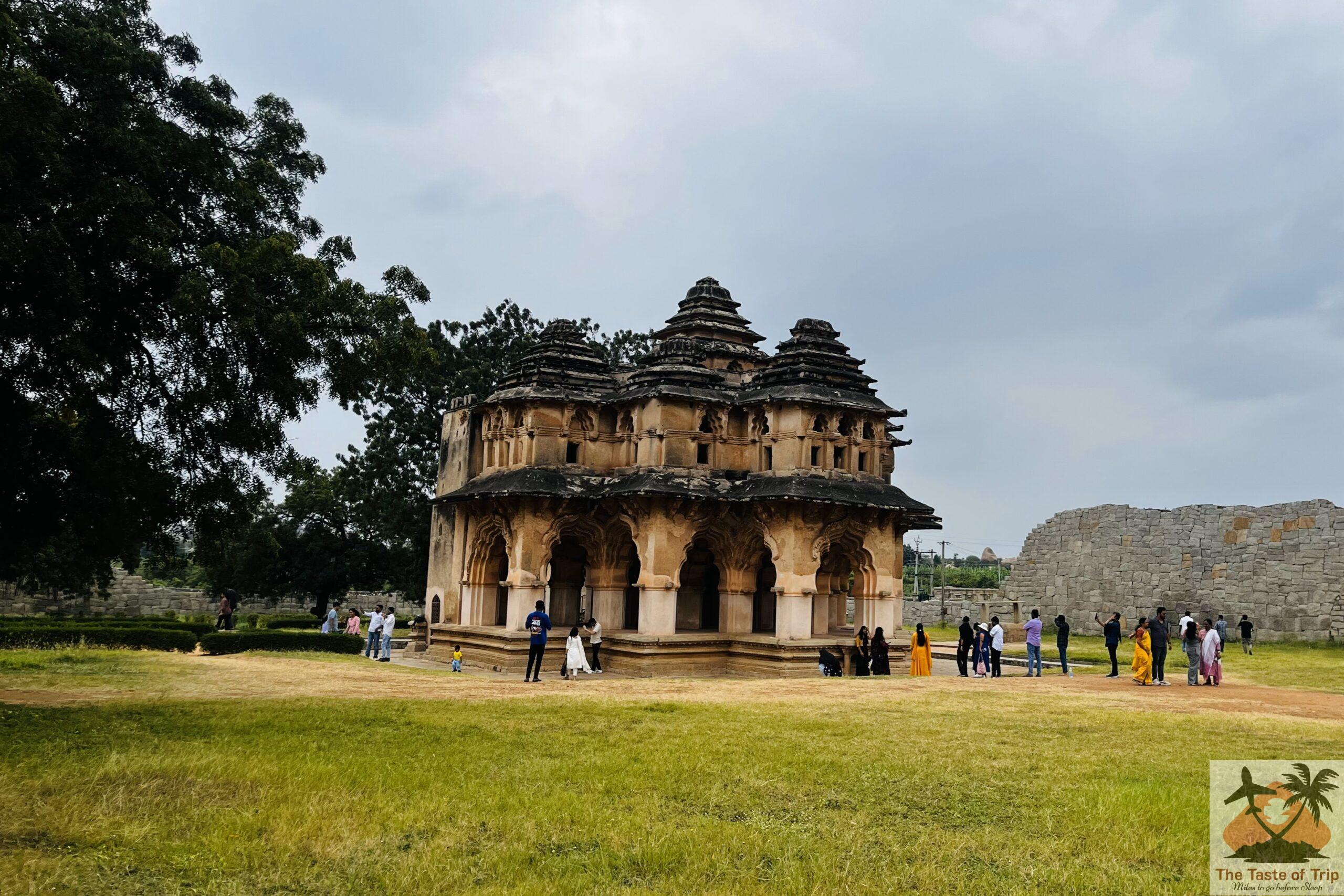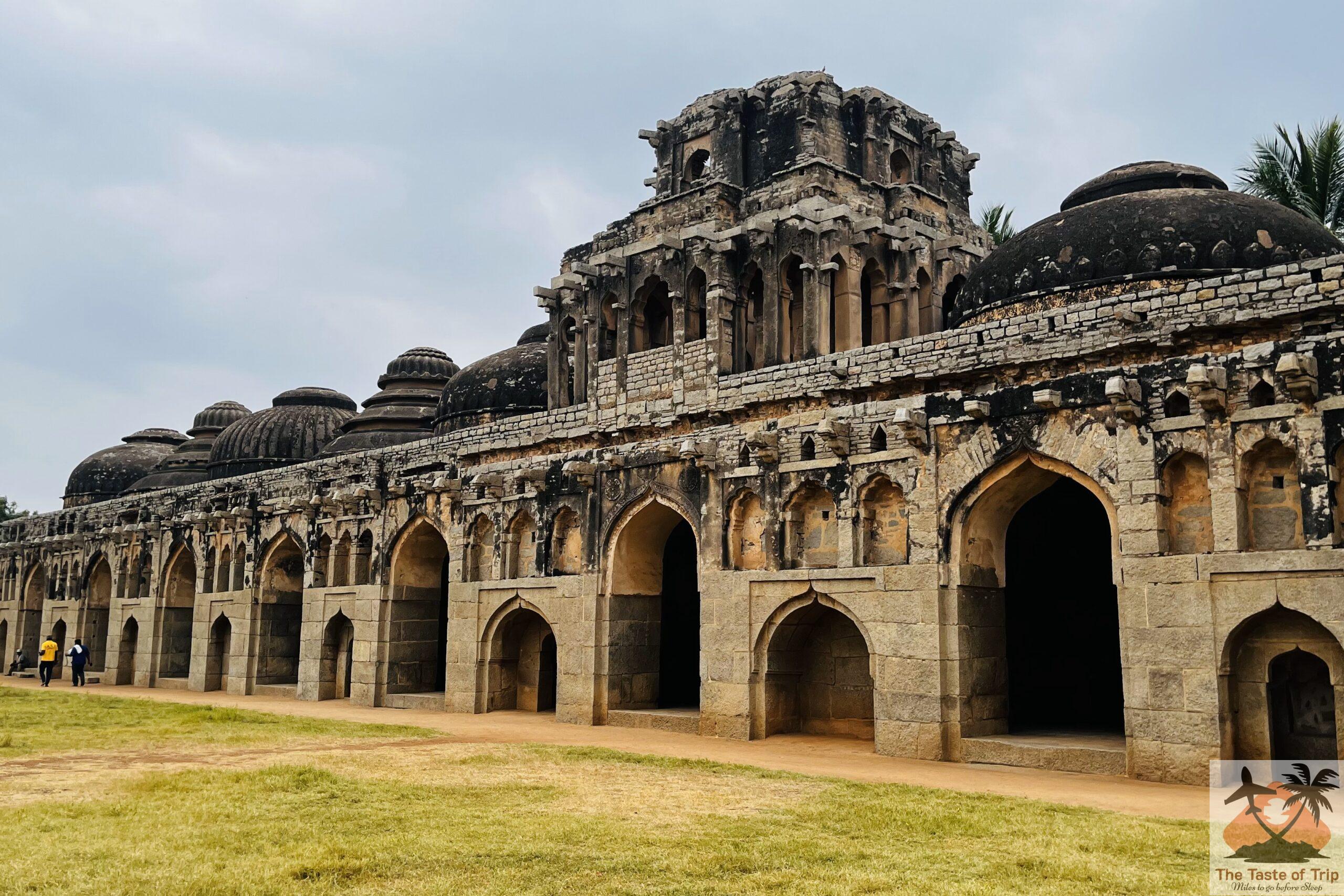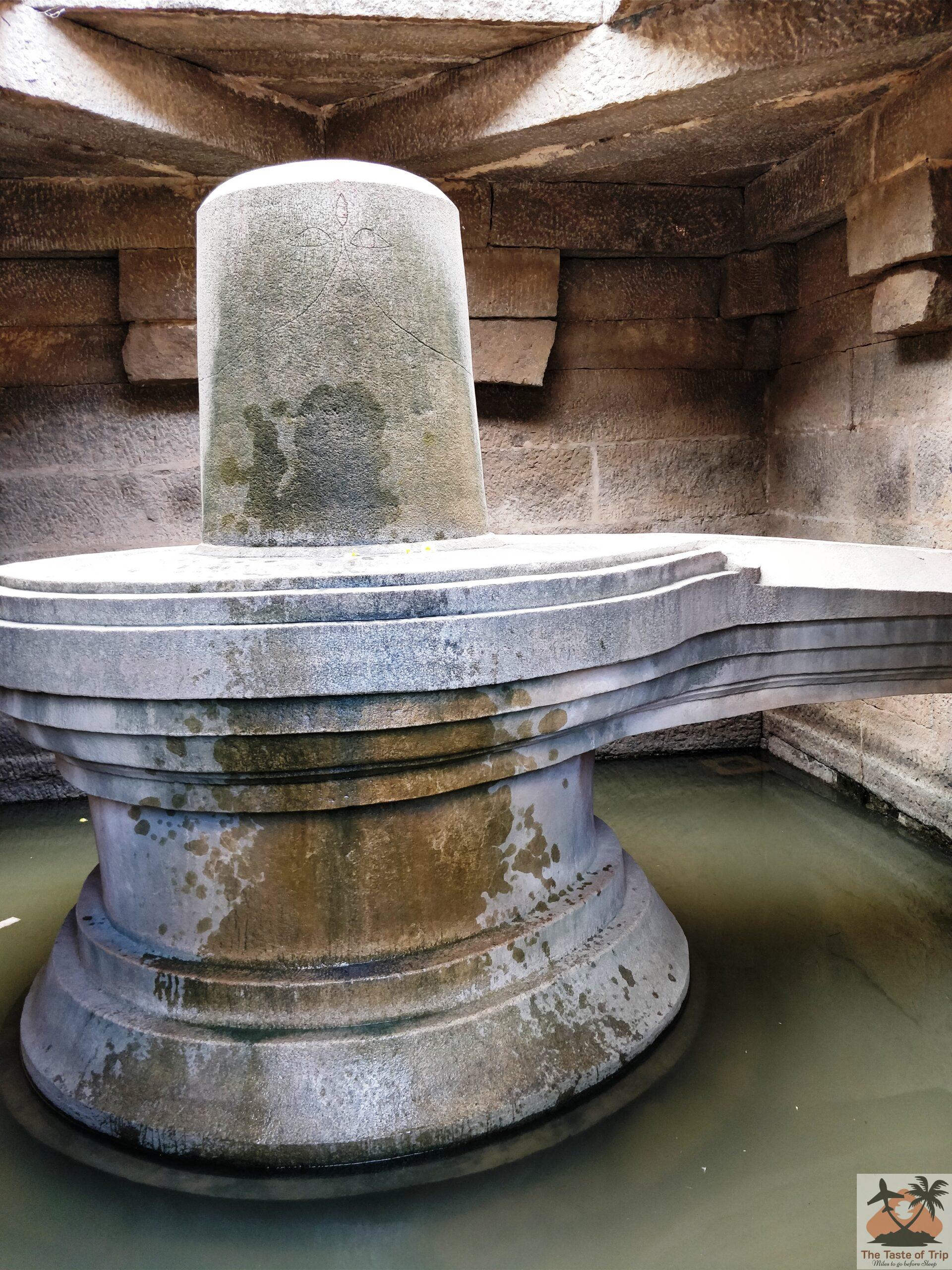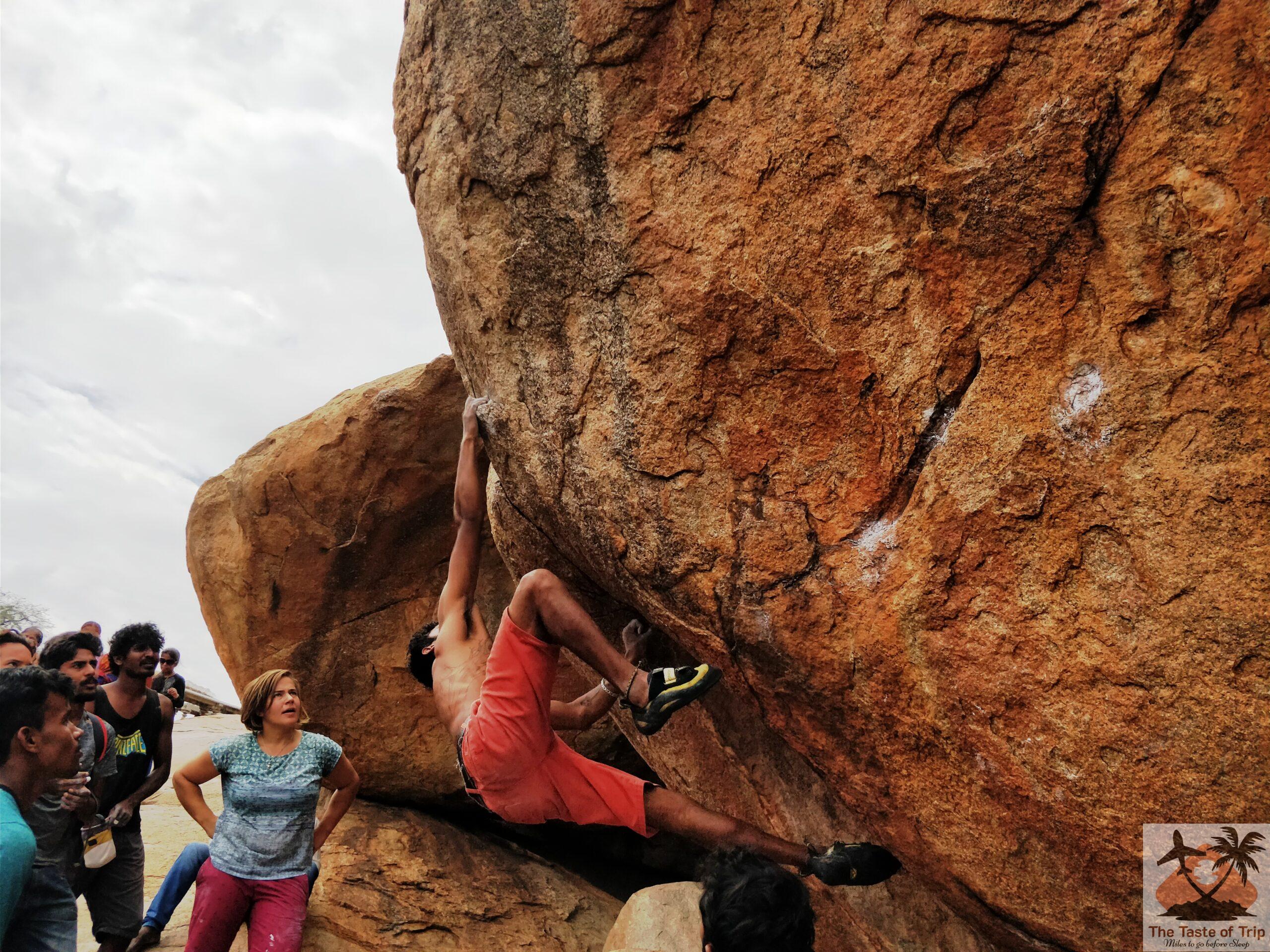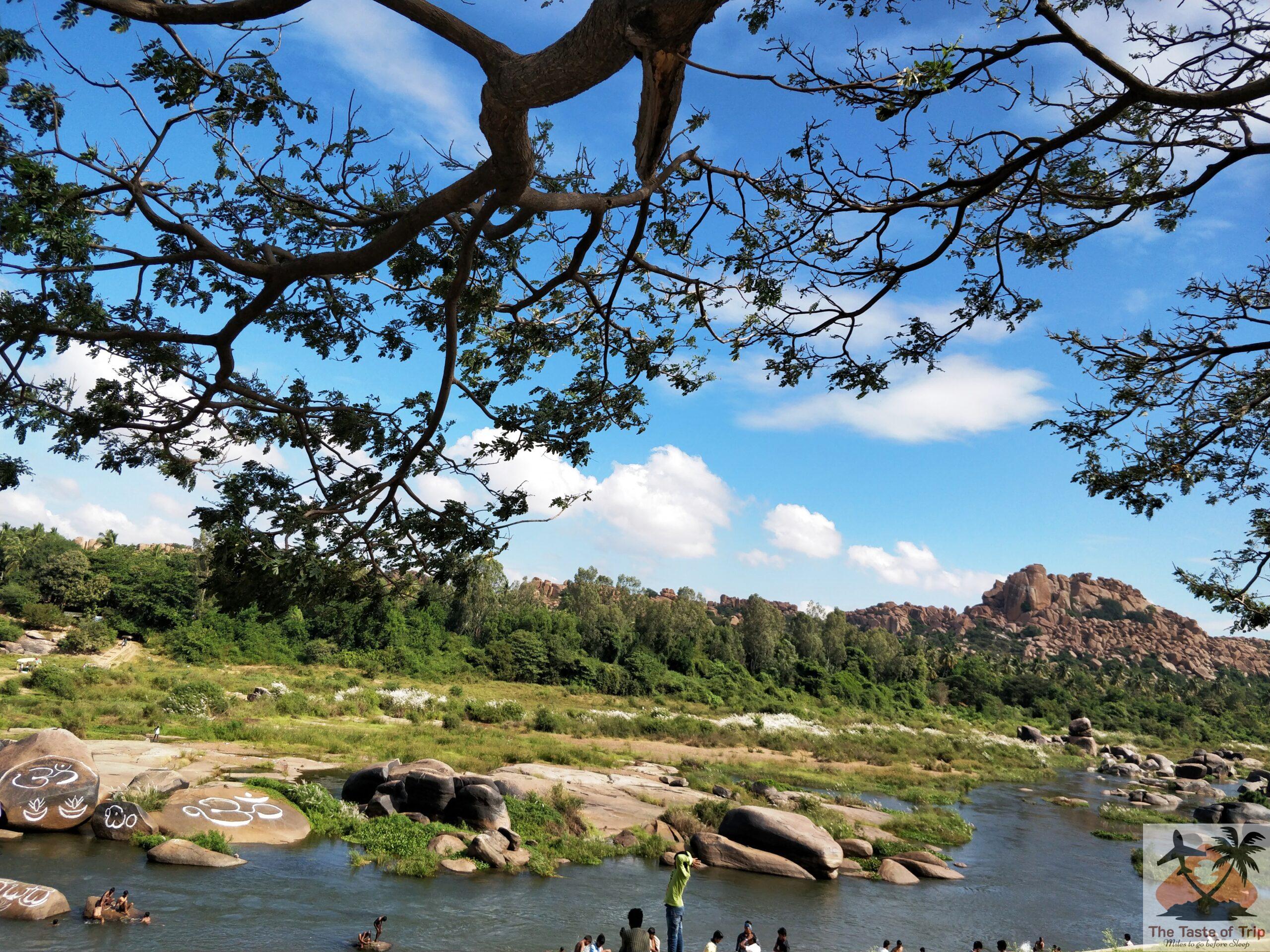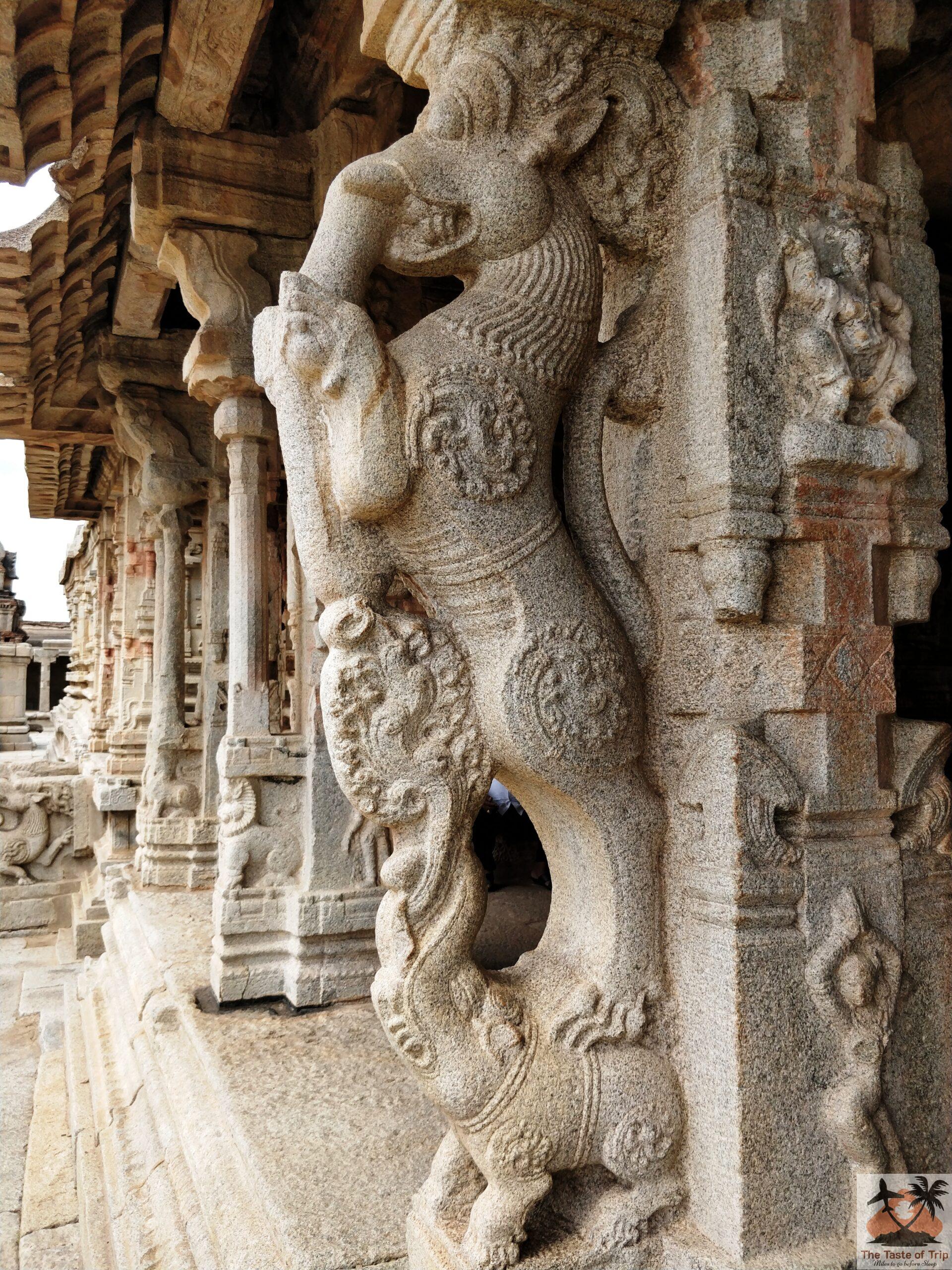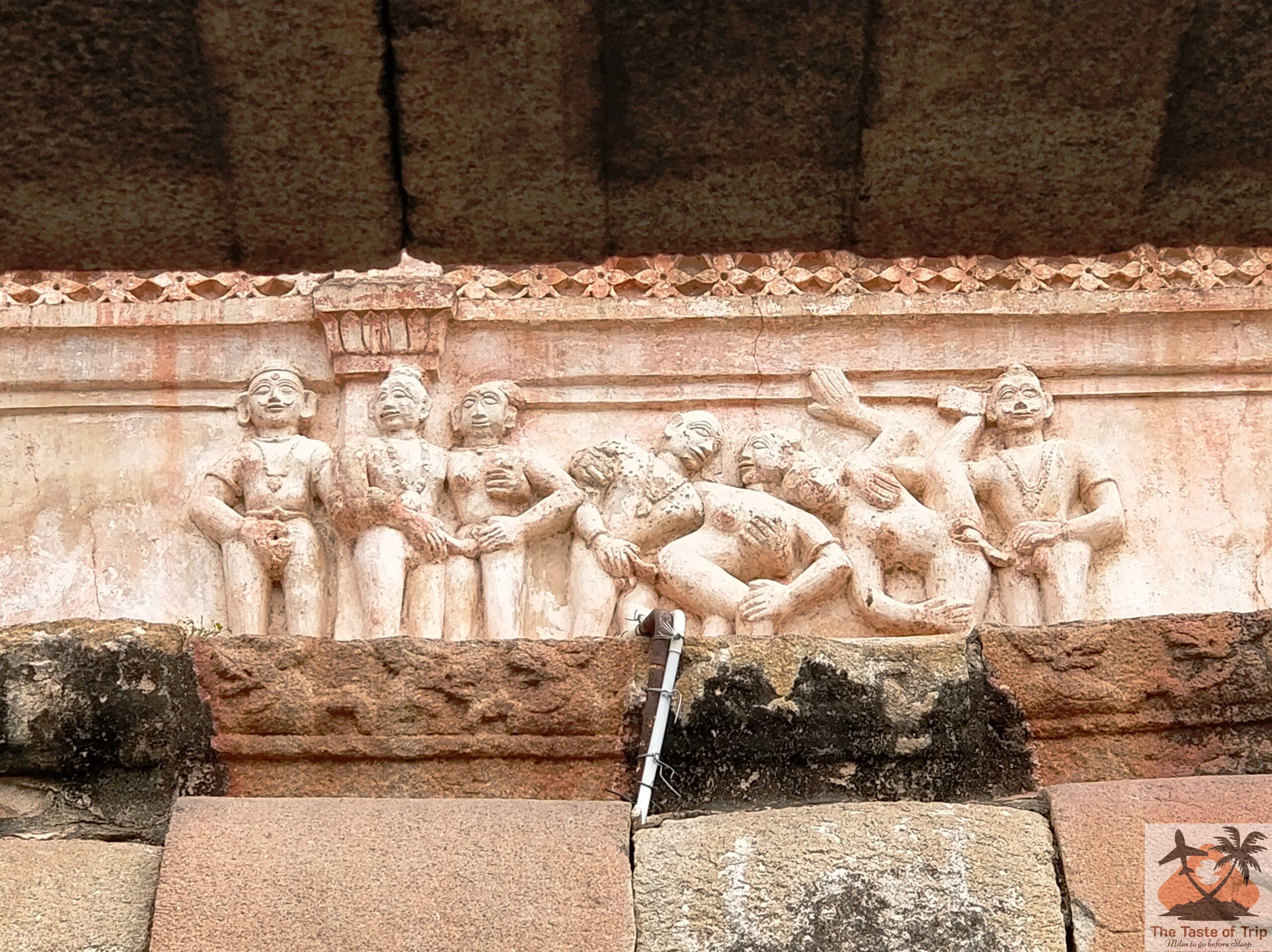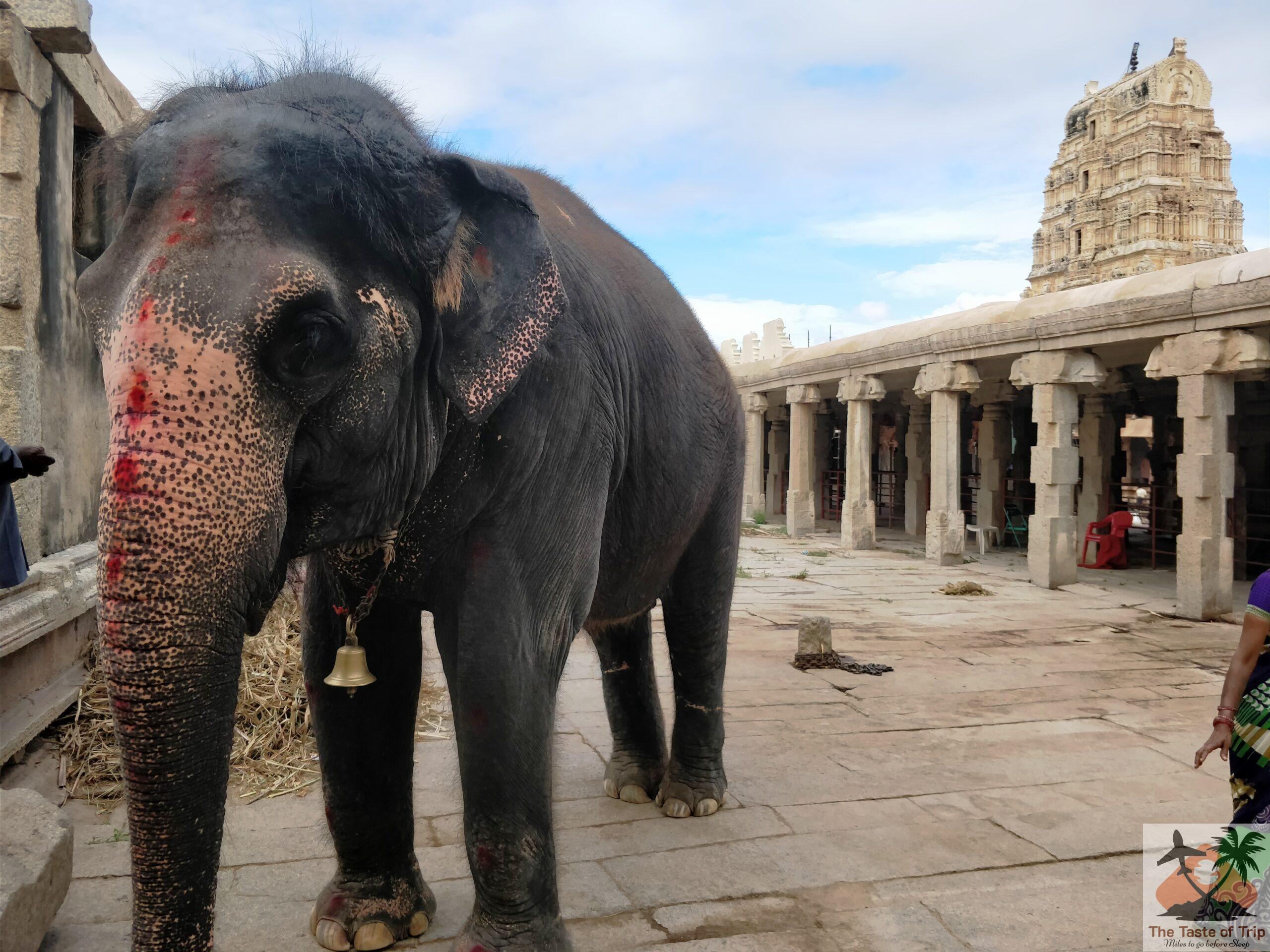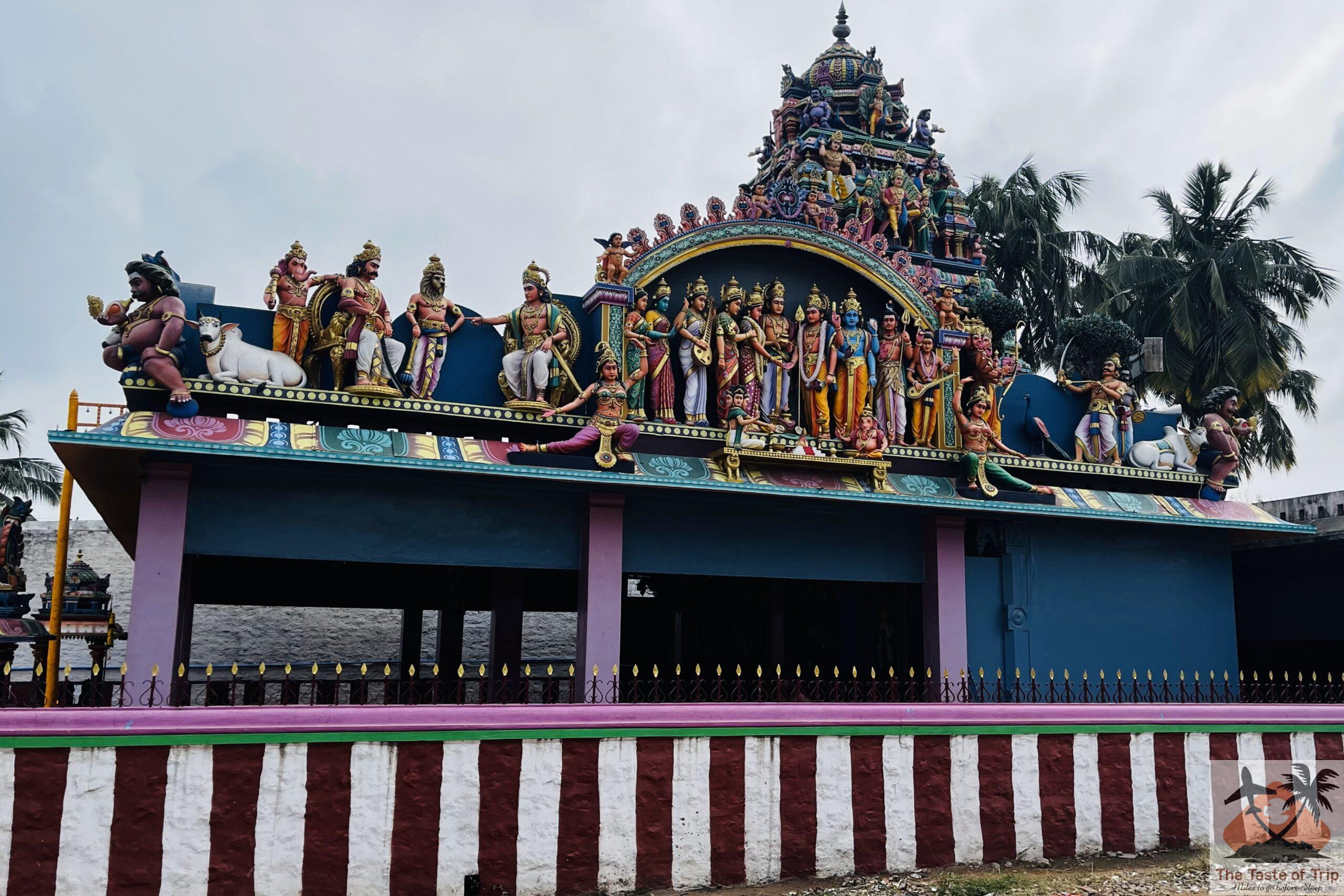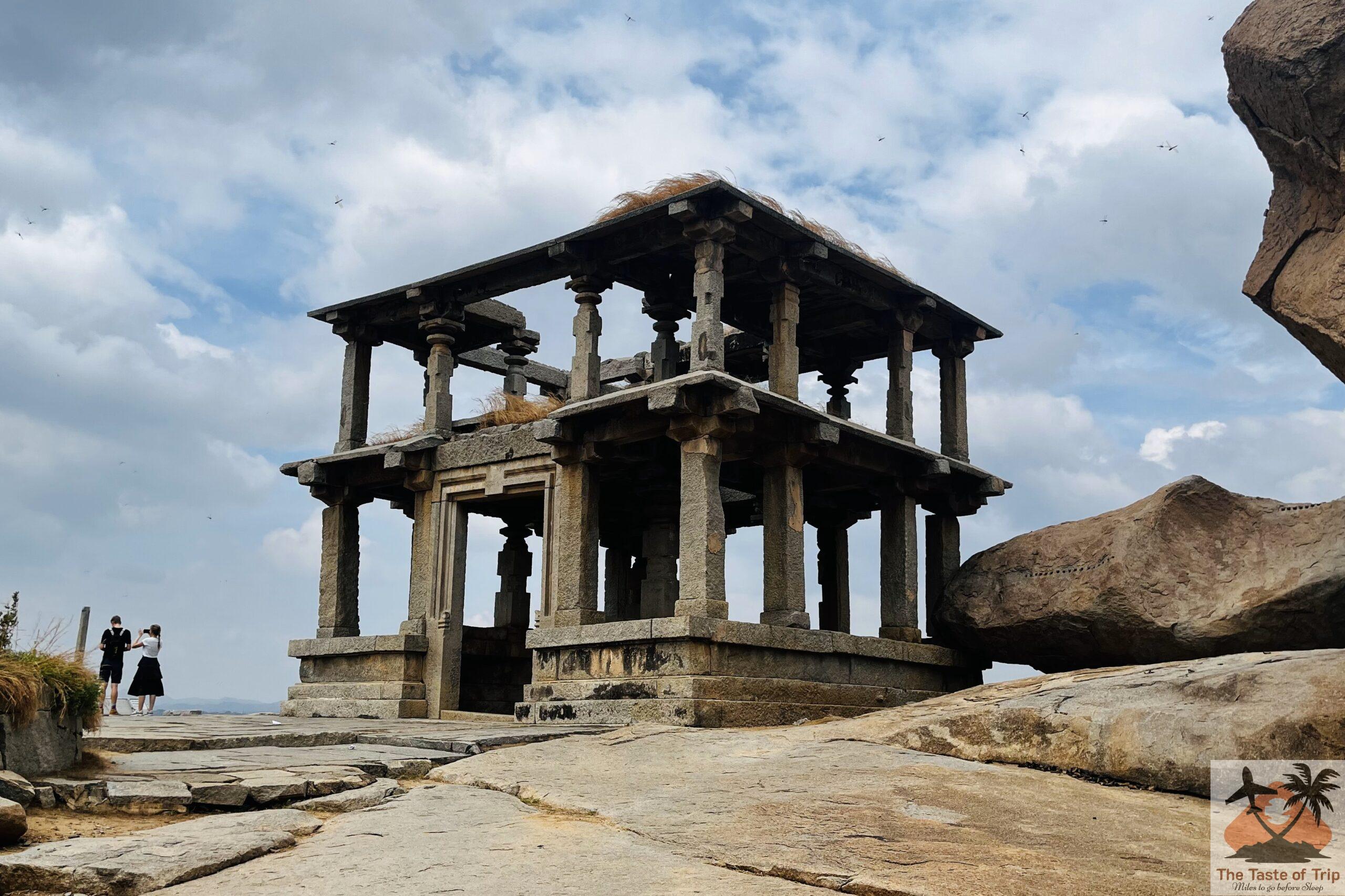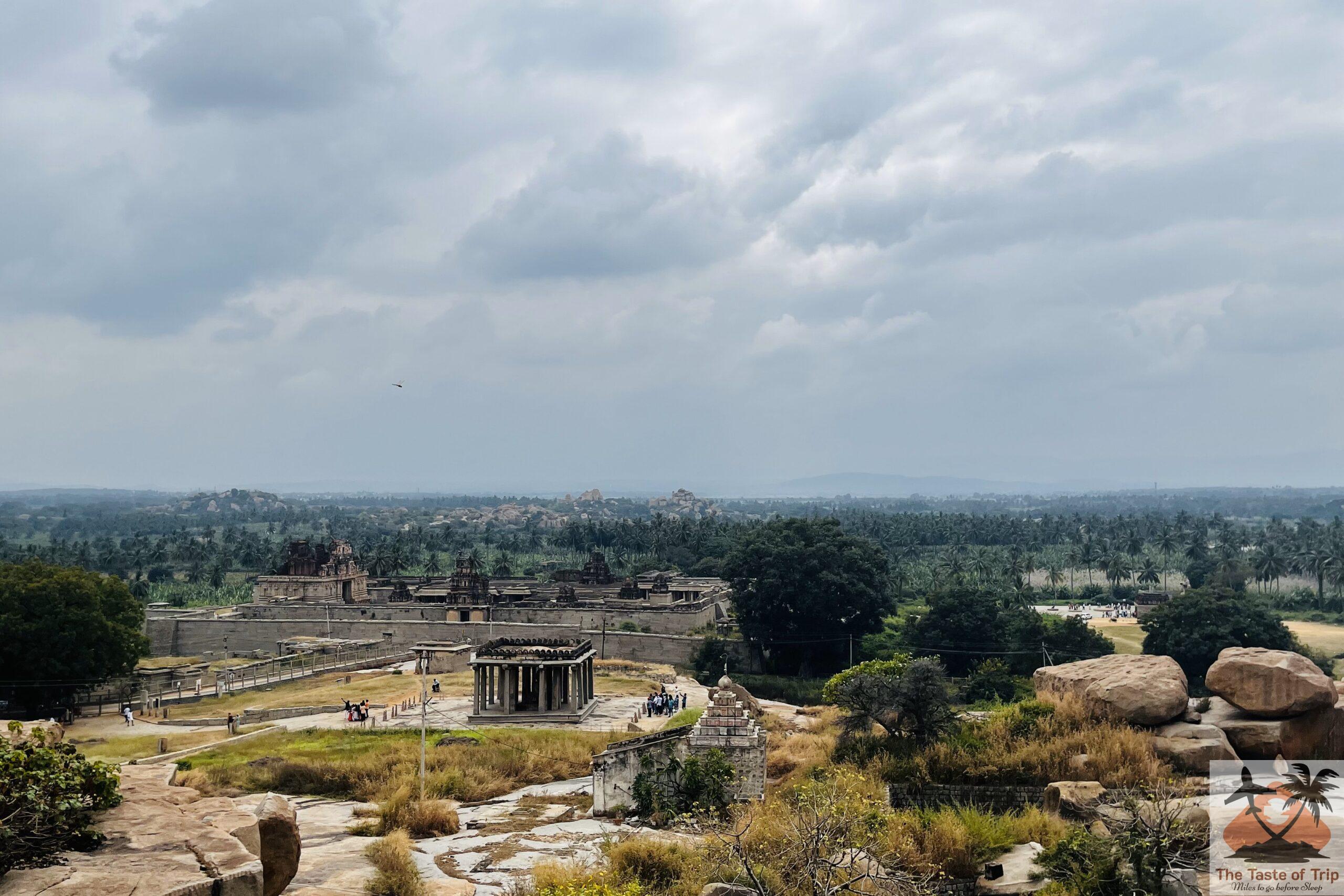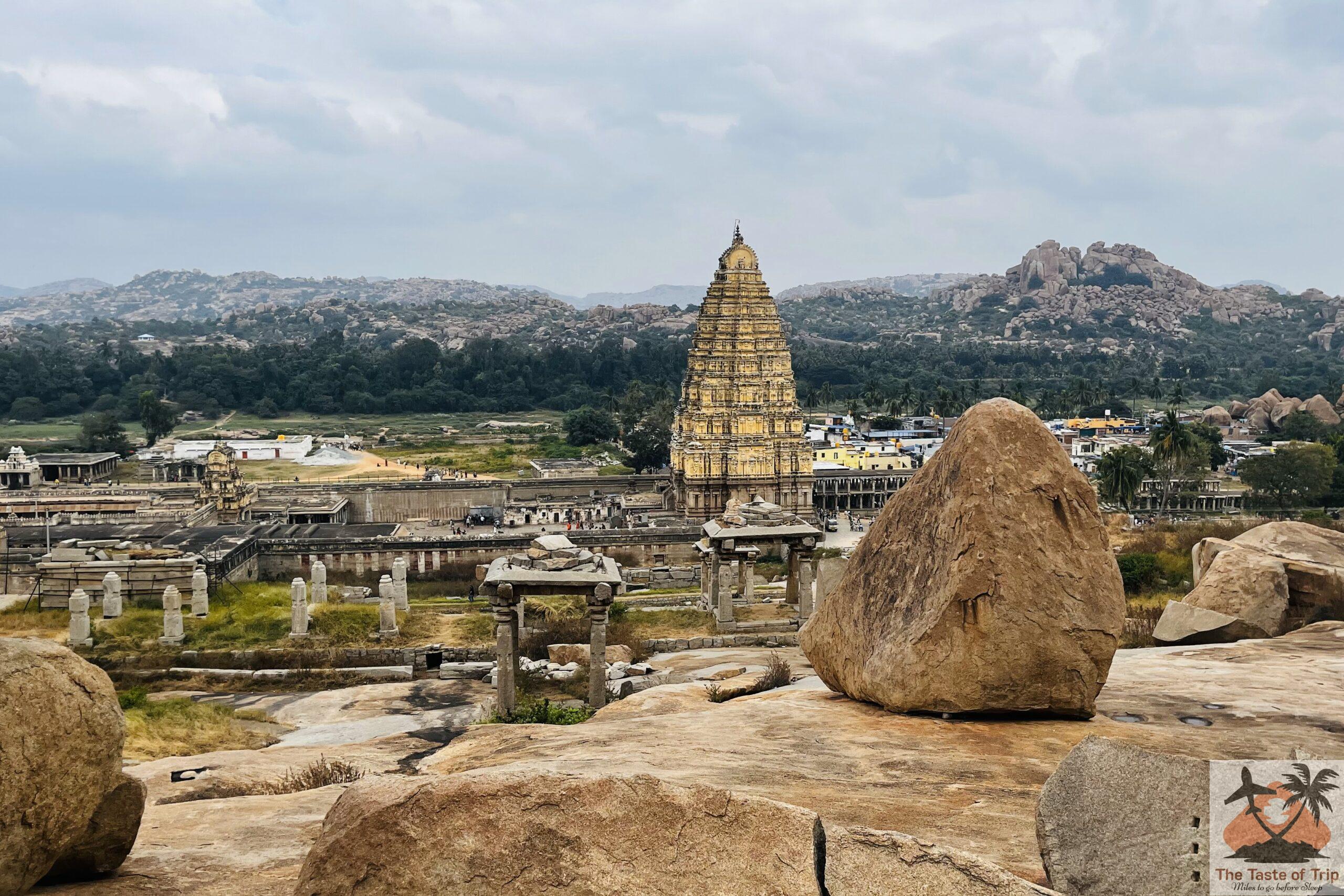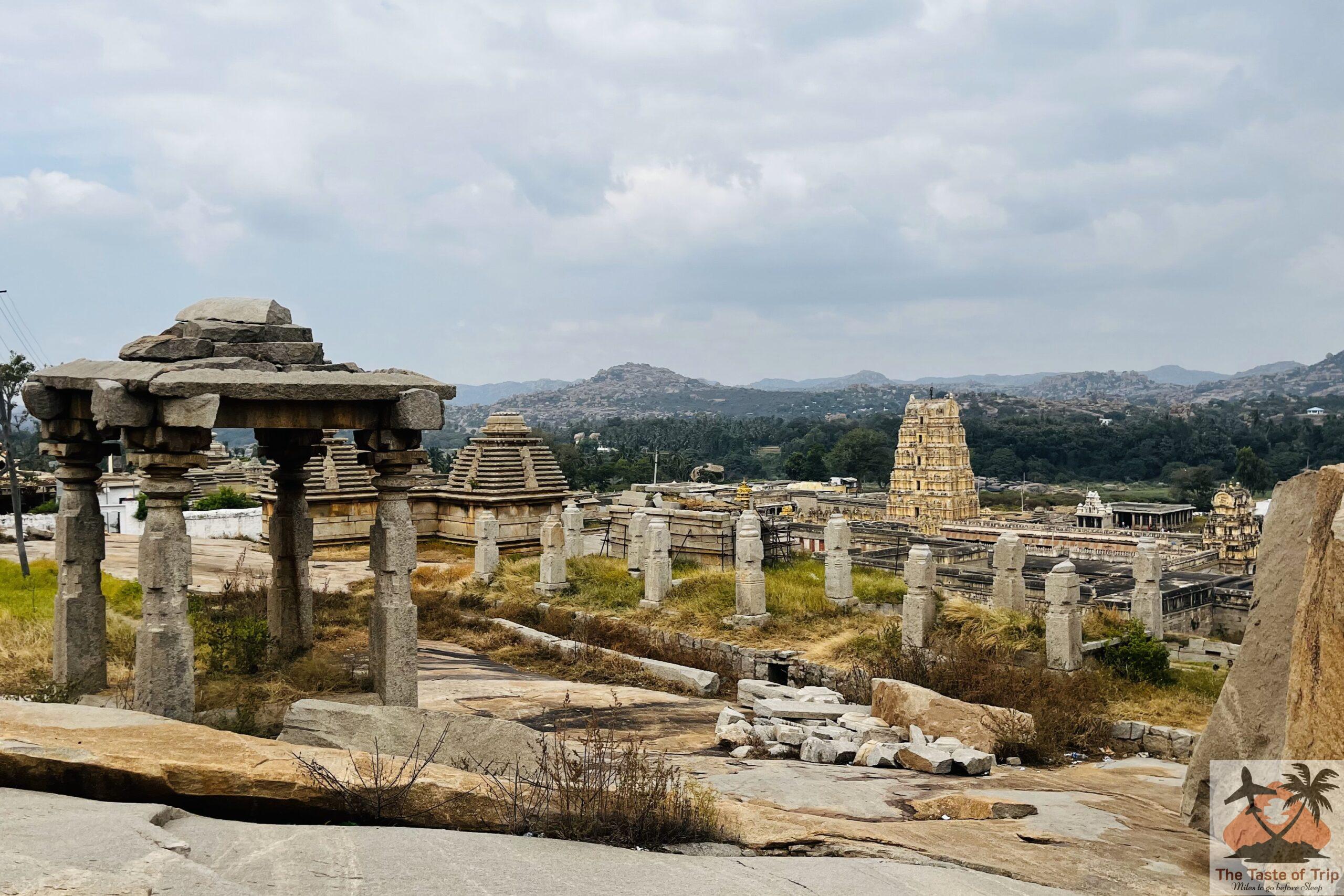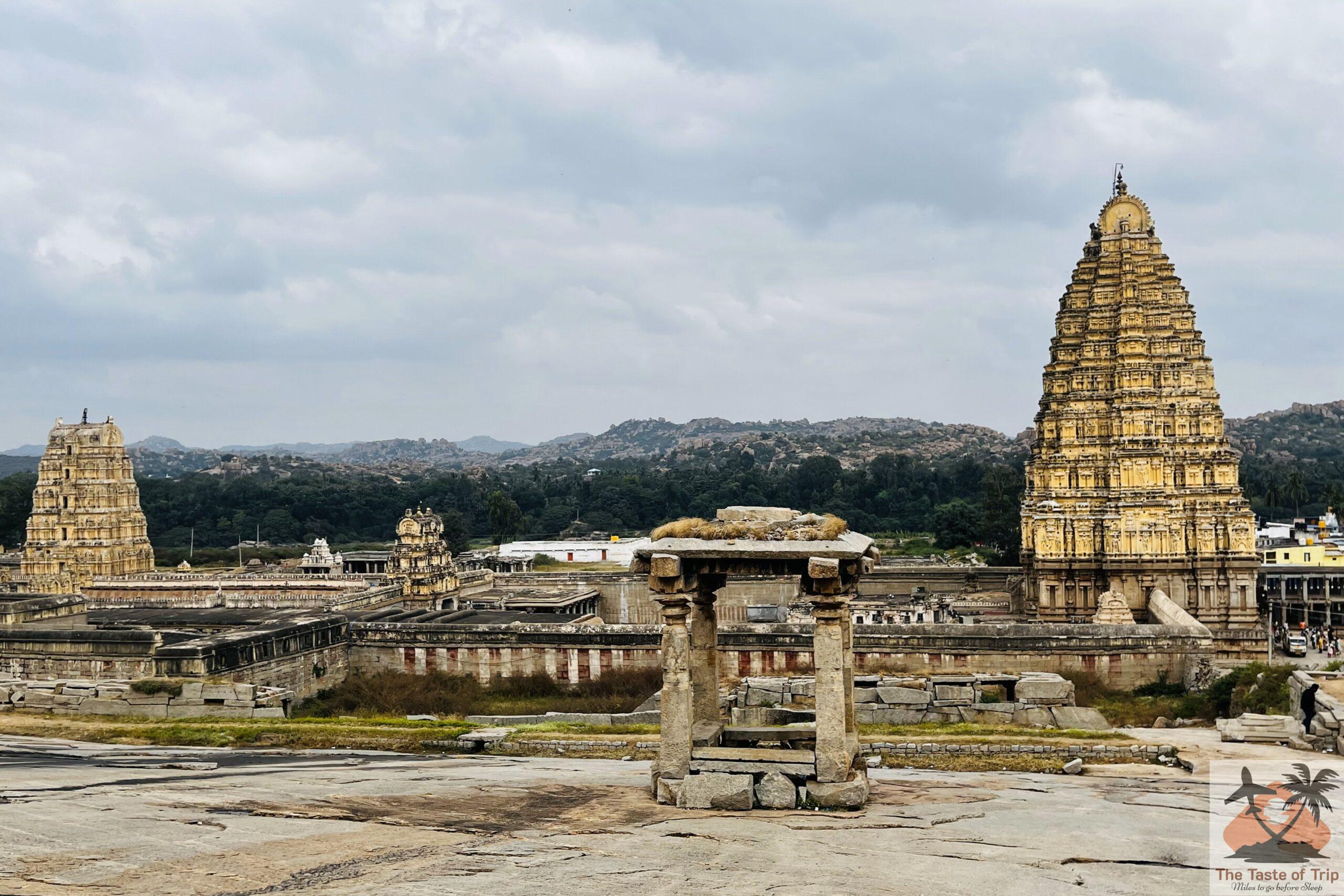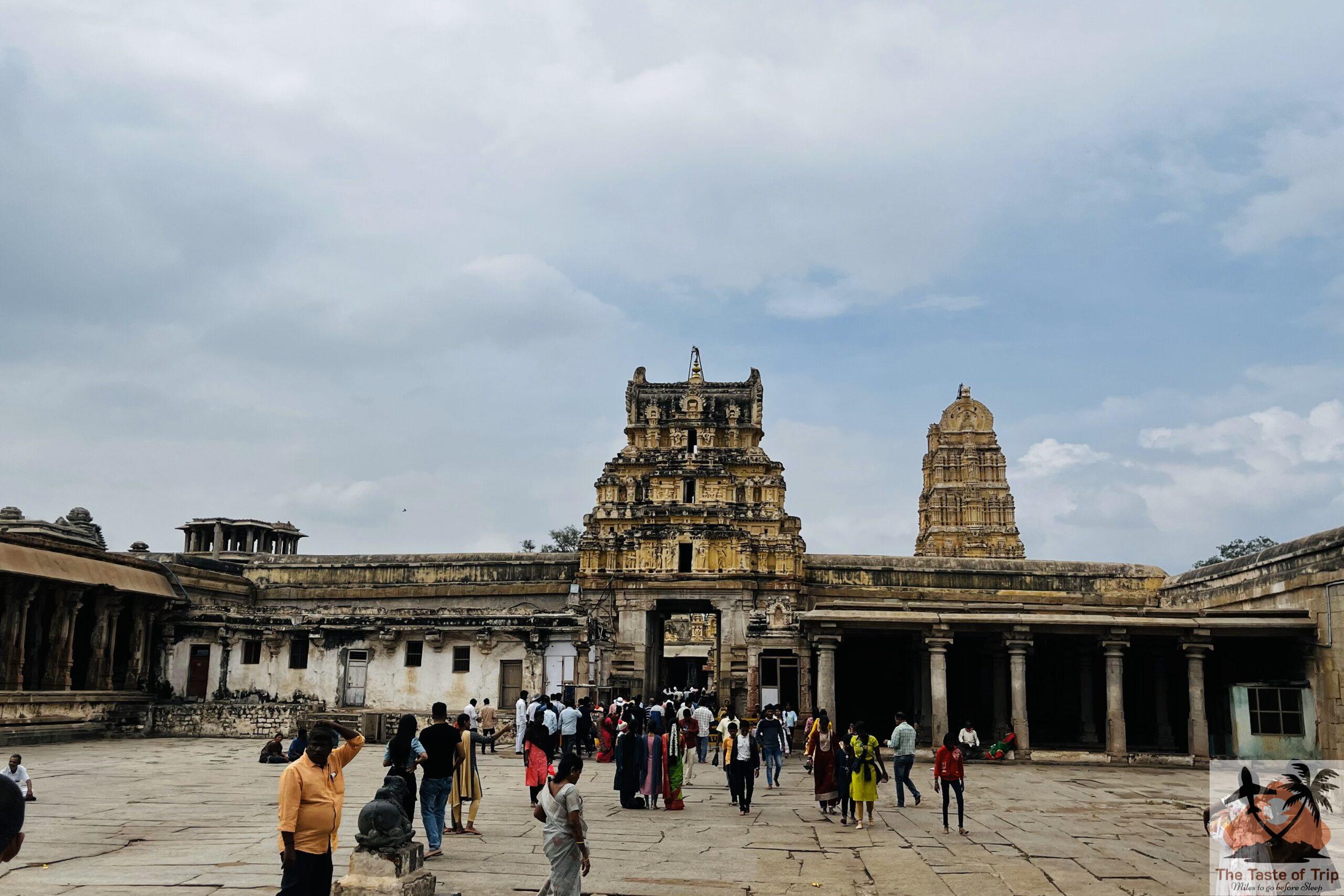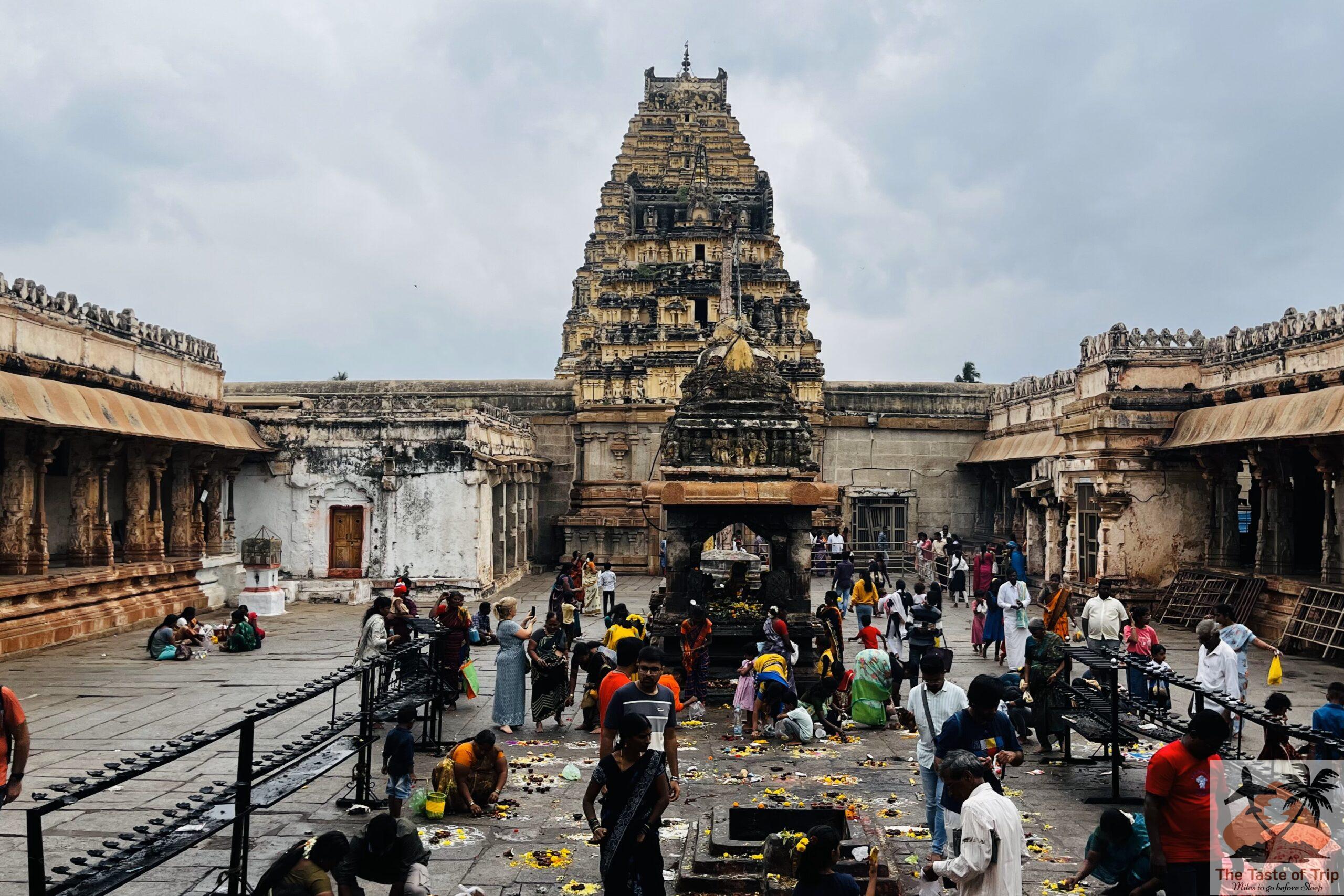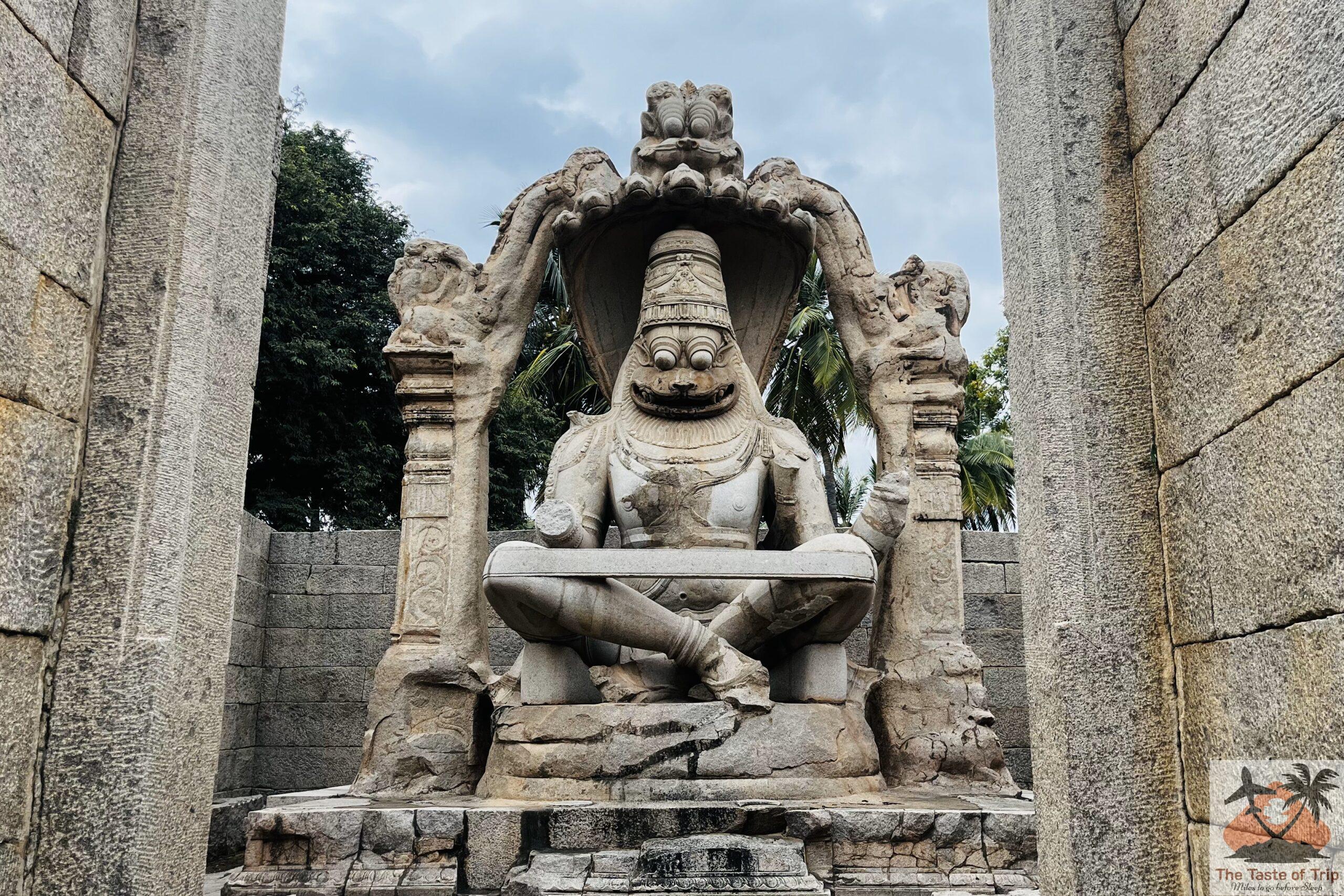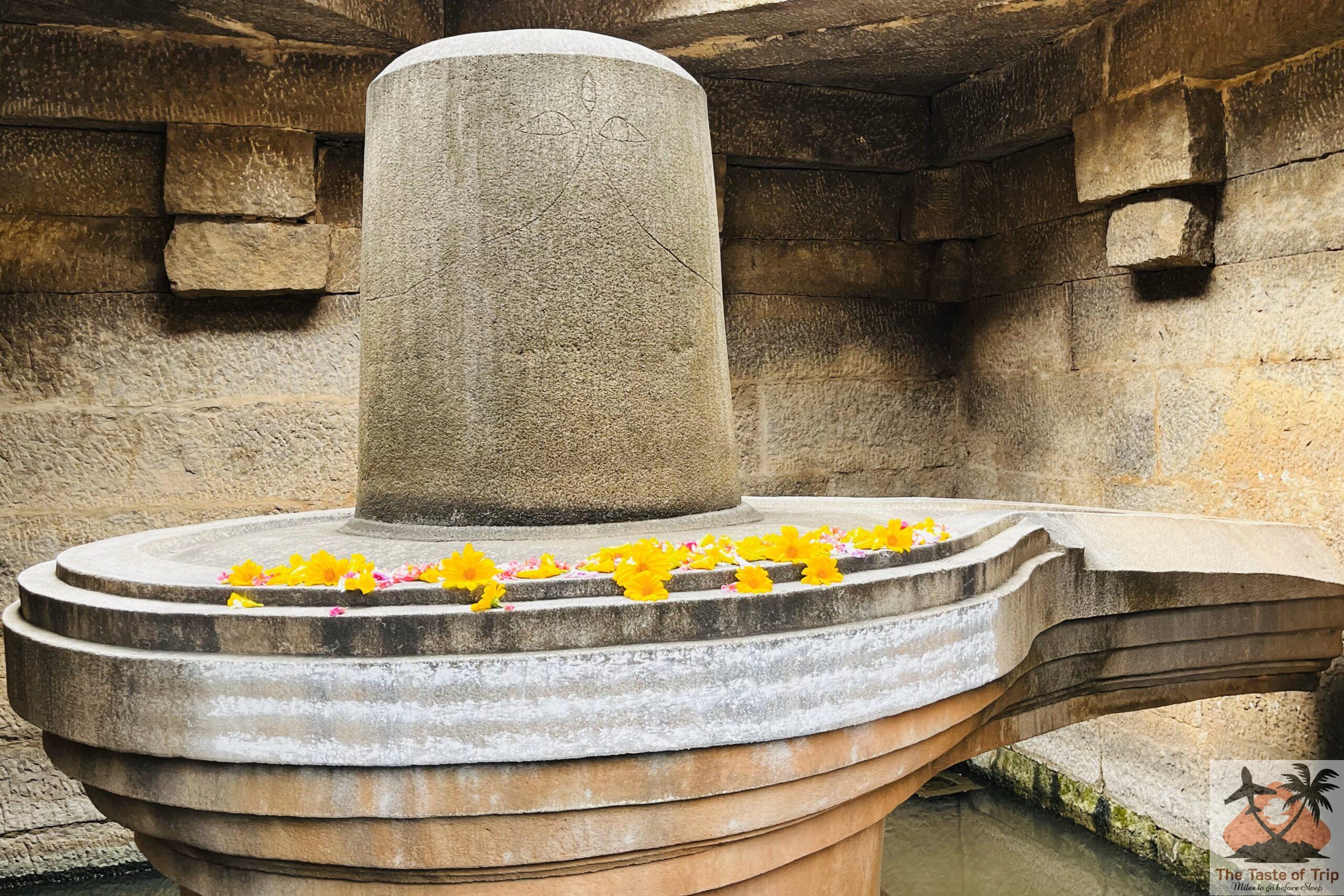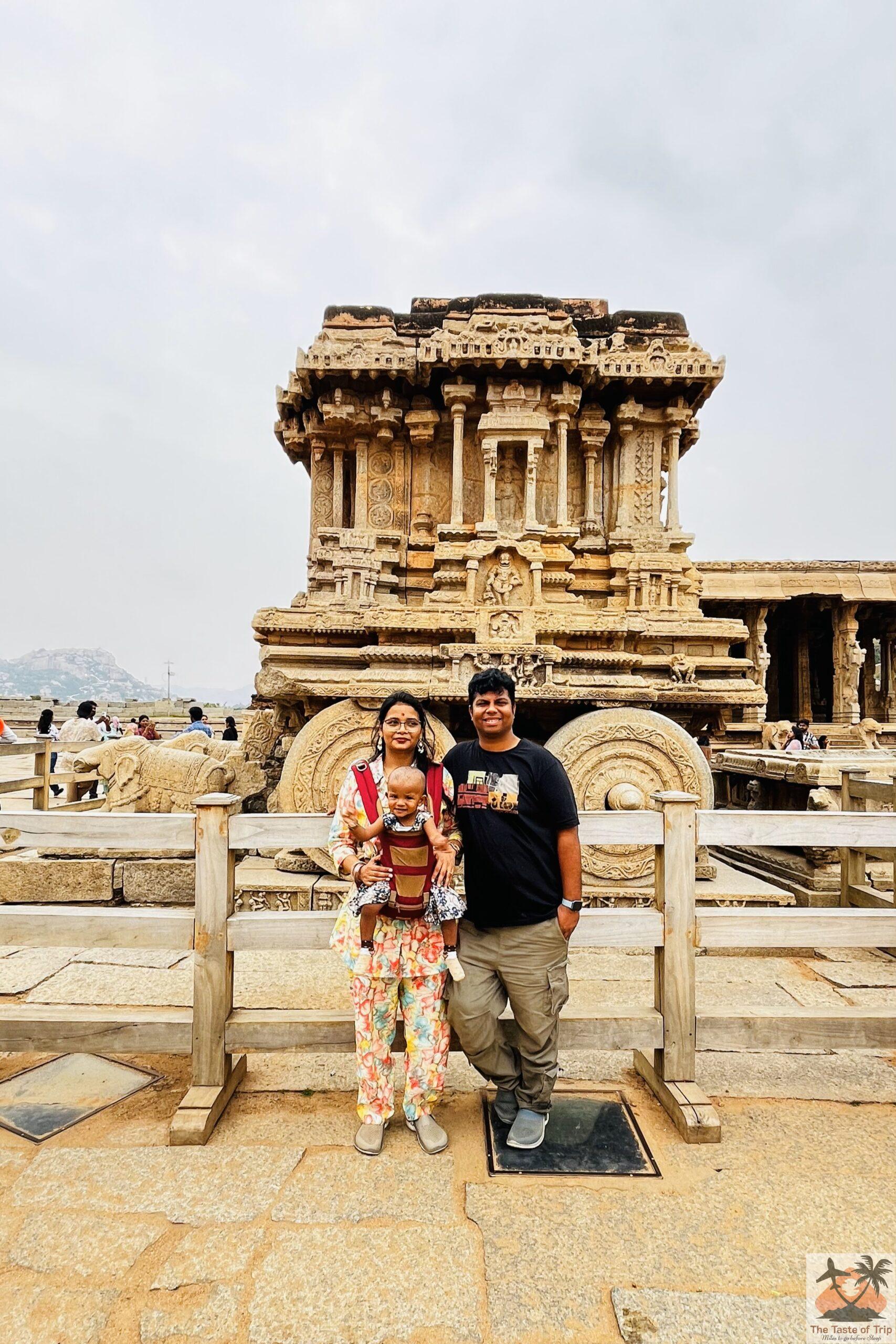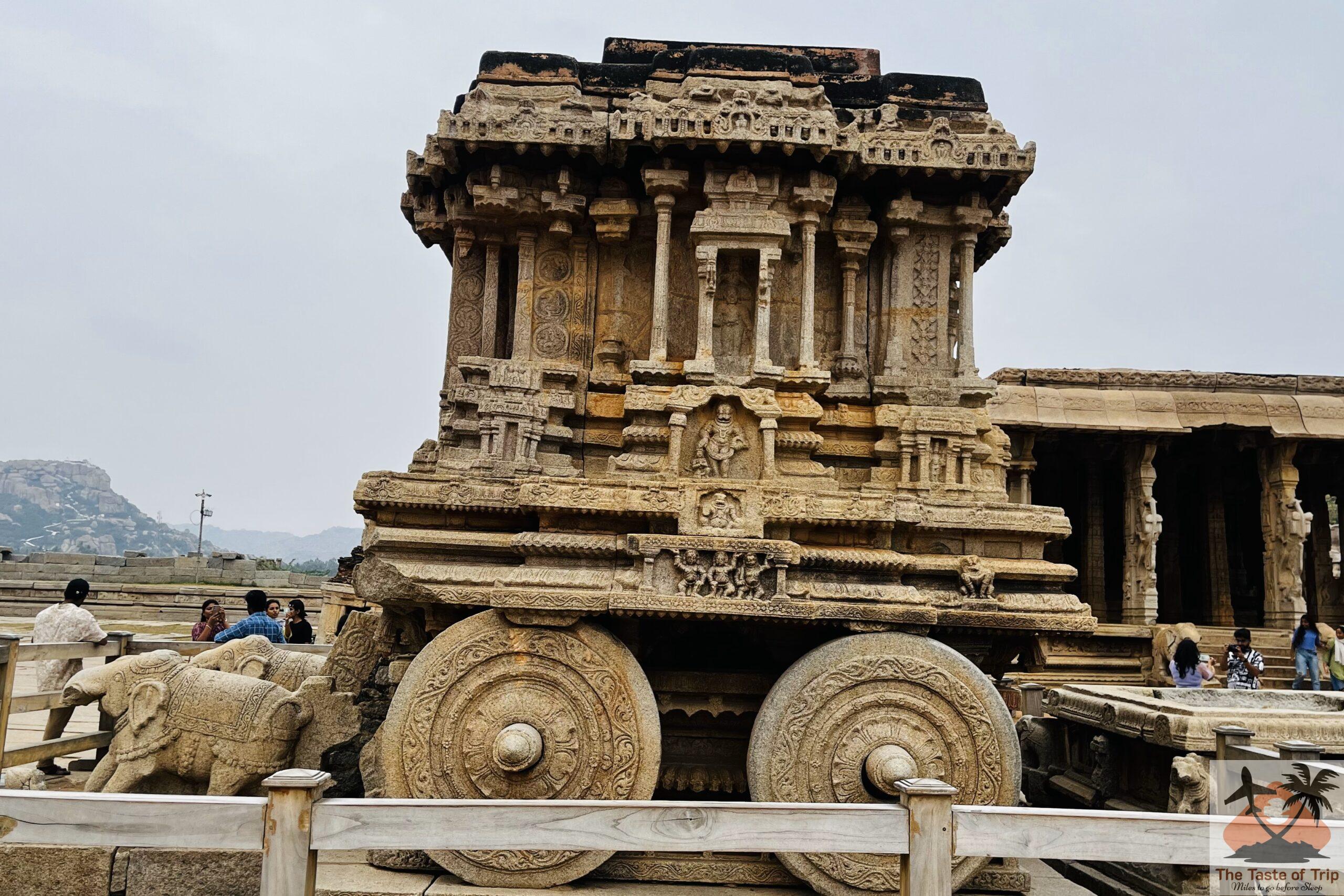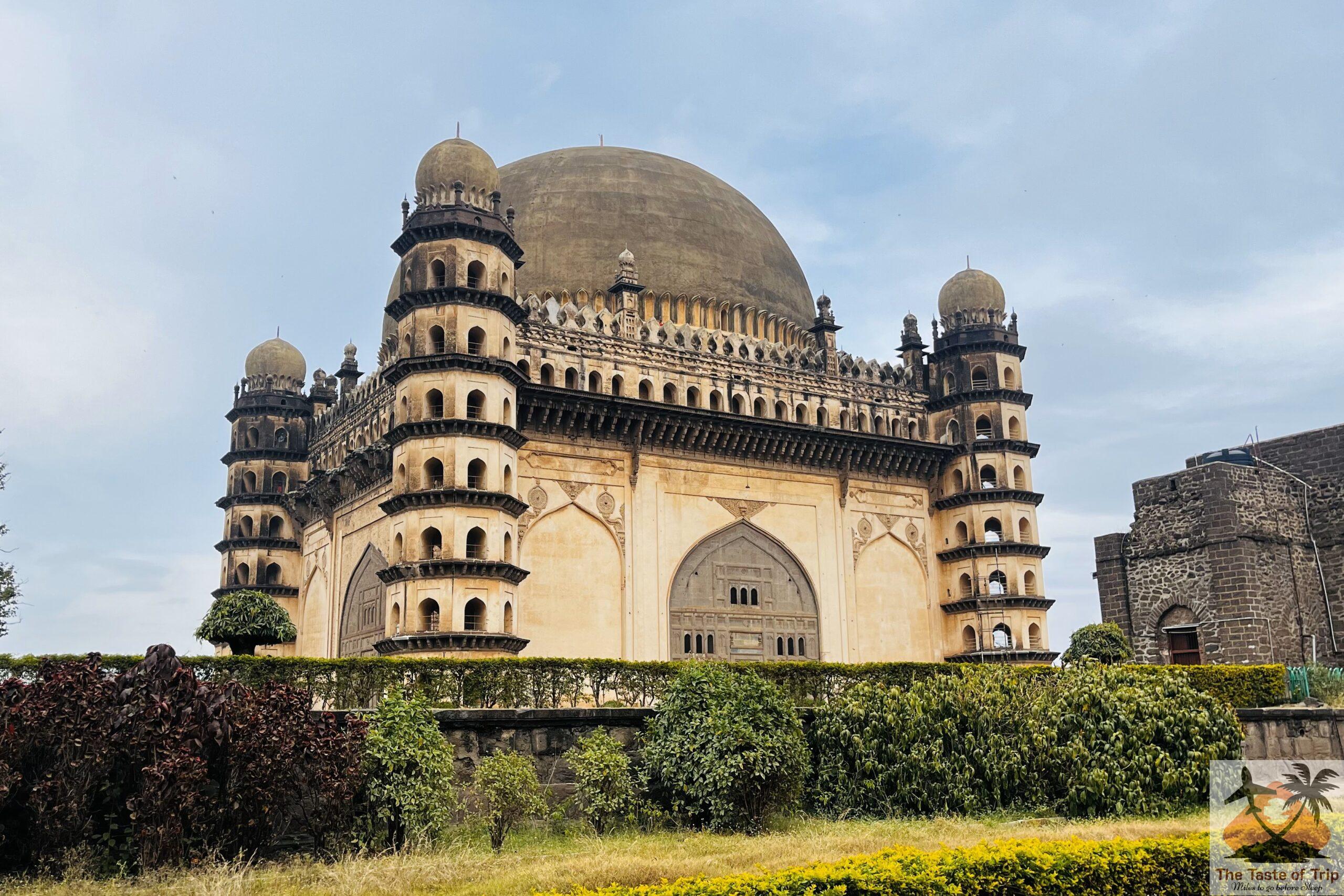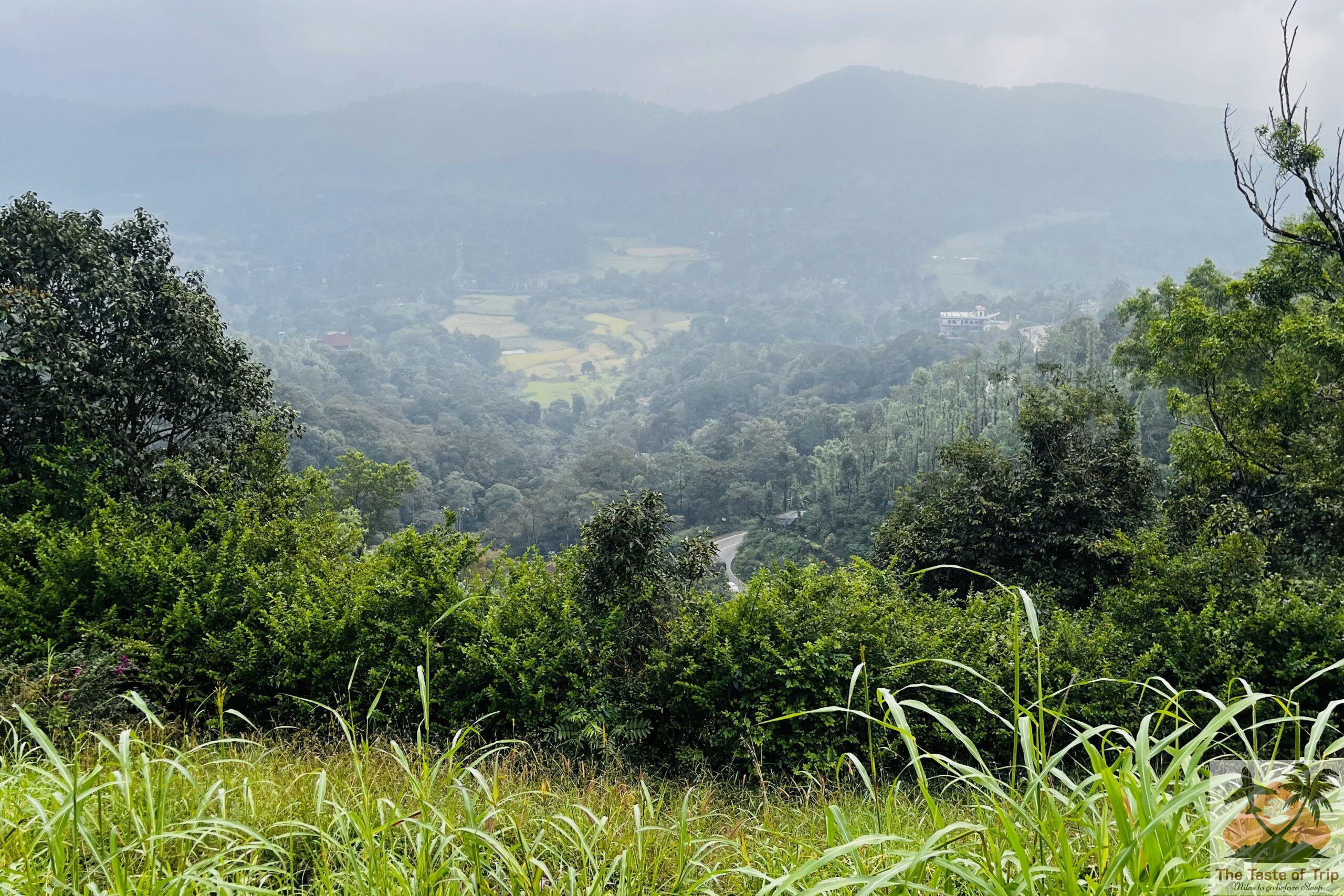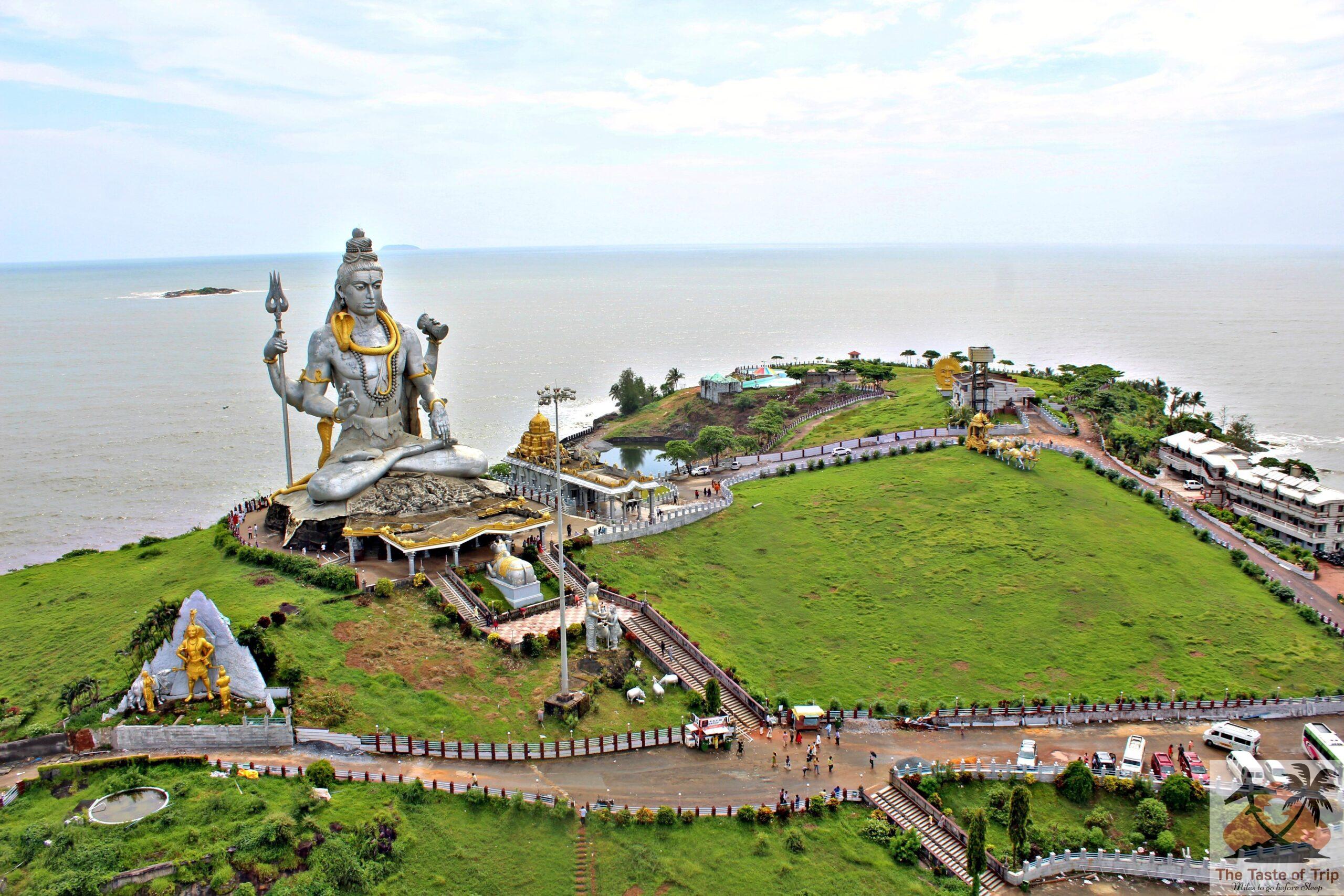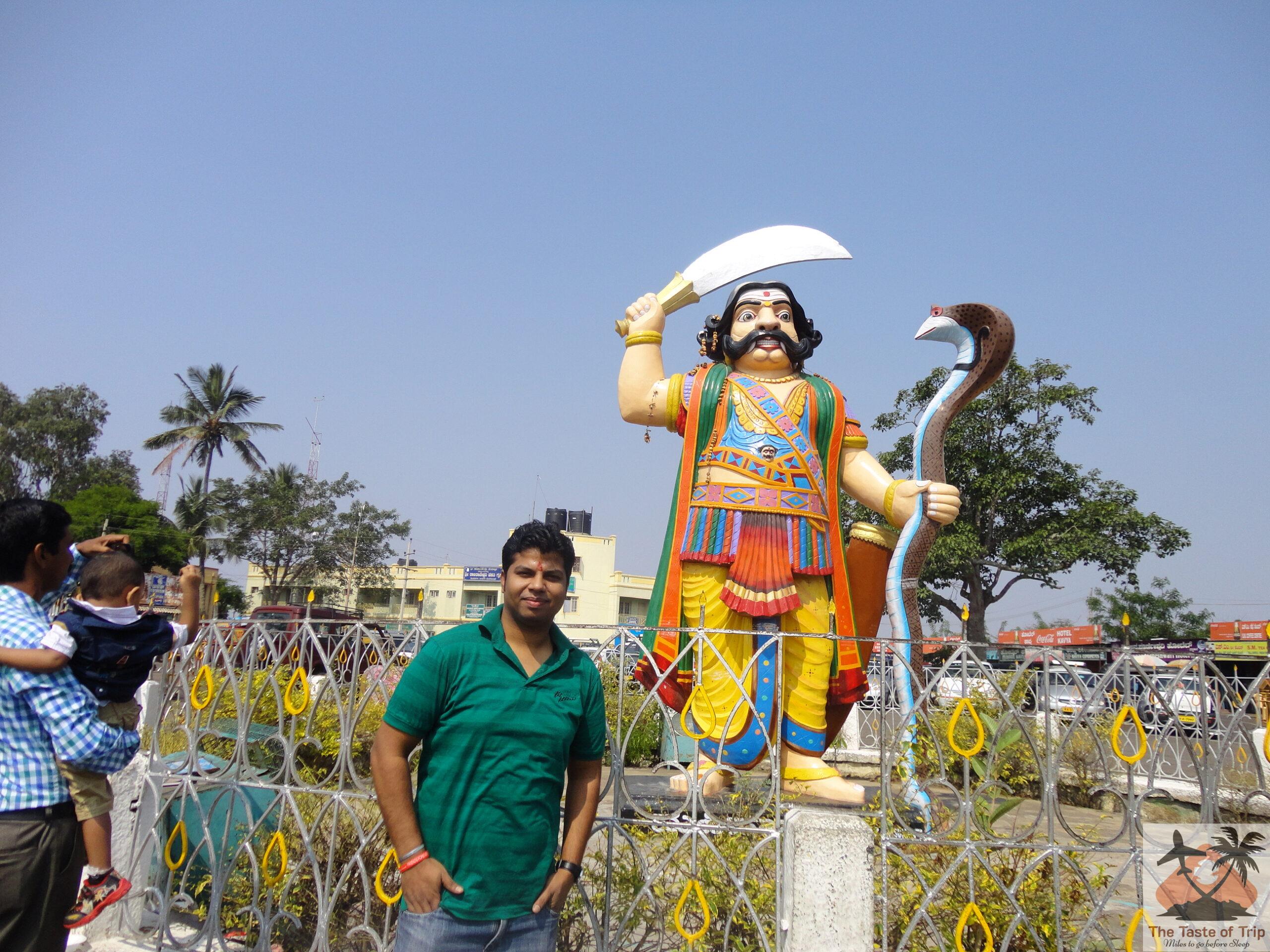Hampi – The Capital of Vijaynagar Empire, is situated on the banks of the Tungabhadra River in Karnataka. ‘Vijayanagara’ translates to ‘City of Victory’. From the 13th to the 16th century, this empire ruled over a vast region of South India. Numerous inscriptions found here attest to the grandeur of this empire. Hampi is home to many ancient monuments, recognized by UNESCO as World Heritage Sites. Most of Hampi’s monuments were constructed under the patronage of King Krishnadev.
The city of Hampi and its surrounding areas are a testament to the splendid governance and thriving trade system of the Vijayanagara Empire. The expertise in architecture of this empire is evident from its temples and sculptures.
In the Ramayana, it is mentioned as Kishkindha, where Lord Rama forged a friendship with the monkey king Sugriva. Many folktales and historians narrate the history of Hampi. Festivals are also organized here, bringing together people from all corners of the world to acquaint themselves with the glorious history of Hampi. Below, I am elaborating in detail about our trip to Hampi and the main attractions here.
➥ Virupaksha Temple
Included in the UNESCO World Heritage Sites, the Virupaksha Temple is dedicated to Lord Shiva. Situated near the Tungabhadra River at the Hemakuta Hill, this temple was constructed in the 15th century after the victory of the Pallava King from Kanchipuram, under the patronage of Lokamahadevi, the wife of Vikramaditya II. The Virupaksha Temple is also known as “Pampapati”. Built-in the South Indian Dravidian architectural style using brick and plaster, this magnificent temple stands at a height of nine levels and 50 meters, located in the Hampi Bazaar area. We had a great time exploring this place.
➥ Vitthala Temple
The center of attraction in Hampi, the Vitthala Temple, is depicted on the new 50 rupee currency note. This chariot-shaped temple is declared a UNESCO World Heritage Site. Among India’s three famous chariot temples, it holds a place after the Sun Temple of Konark and the Mahabalipuram Temple. The construction of this temple was initiated by King Krishnadevaraya of the Vijayanagara Empire after being inspired by the Sun Temple in Odisha.
Dedicated to Lord Vishnu’s vehicle Garuda, this temple originally featured a statue of Garuda on top, which has since been removed. The chariot has wheels that appear to be pulled by elephants and horses. I really enjoyed this place. Don’t forget to bring your camera here.
➥ Lotus Palace
Famous as Kamal Mahal (Lotus Palace), this place was an entertainment venue for the royal family’s women. During the summer, the queen used to meet her friends here. The name “Lotus Palace” comes from its architecture resembling lotus petals. This two-story building is one of Hampi’s selected monuments that has largely retained its original form despite the invasion of Vijayanagara.
The palace has a total of 24 pillars, and the surroundings filled with numerous trees keep the environment very cool. Here too, we spent considerable time and got acquainted with Indian architecture.
➥ Hampi Market
Hampi Market was the center of trade during the Vijayanagara Empire. Strategically constructed, this market catered to the needs of both wealthy individuals and the common public. Besides being a testament to the glorious history of the Vijayanagara Empire, this market is also defined as one of the major centers of commerce in the world. Remnants of Hampi Market can still be seen today, with permanent shops of similar size lining both sides of the road.
Every November, a festival is organized here, attended by people from all over the country and abroad. Due to its proximity to the Vitthal Temple, reaching here is very easy. It is an appropriate place to witness and understand the ancient trade system of our country.
➥ Hampi Elephant Stables
During childhood, I read about the Hampi Elephant Stables in history books. This elephant stable has 11 large chambers, and the height of its roofs is considerable. It served as a royal resting place for elephants. The roofs are domed and have strong hooks made of iron where elephants were tethered. The central building in the elephant stable is the largest, where musicians and performers showcased their arts during various festivals. Elephants also participated in these performances.
➥ Laxmi Narasimha Temple
The statue of Lord Vishnu in his Narasimha incarnation, standing approximately 7 meters tall, appears very attractive. According to inscriptions found in Hampi, it was commissioned by King Krishnadevaraya. It is carved out of a large stone. Lord Narasimha is depicted resting under the seven hoods of Shesha, the divine serpent.
➥ Big Shivalinga
Near the Laxmi Narasimha Temple, there is a grand Shivalinga known to the locals as ‘Badvalinga’. The name ‘Badvalinga’ is derived from two words: ‘Badva’ meaning poor and ‘linga’ meaning Shiva. It is believed that this Shivalinga was installed by a poor woman. Made of a large black stone, this Shivalinga stands at a height of 3 meters, with about 3 feet submerged in water. This water comes from the flow of the Tungabhadra River. The eyes of Lord Shiva in the Big Shivalinga are very prominently visible.
➥ Rock Climbing
Hampi is a great place for rock climbing enthusiasts. The rounded and undulating boulders of Hemakuta Hill make it an ideal spot for rock climbing. Many people from both India and abroad come here to participate. Large boulders and granite crags are visible all around in Hampi. From here, the ancient ruins of Hampi city appear very beautiful. We took many photos here.
